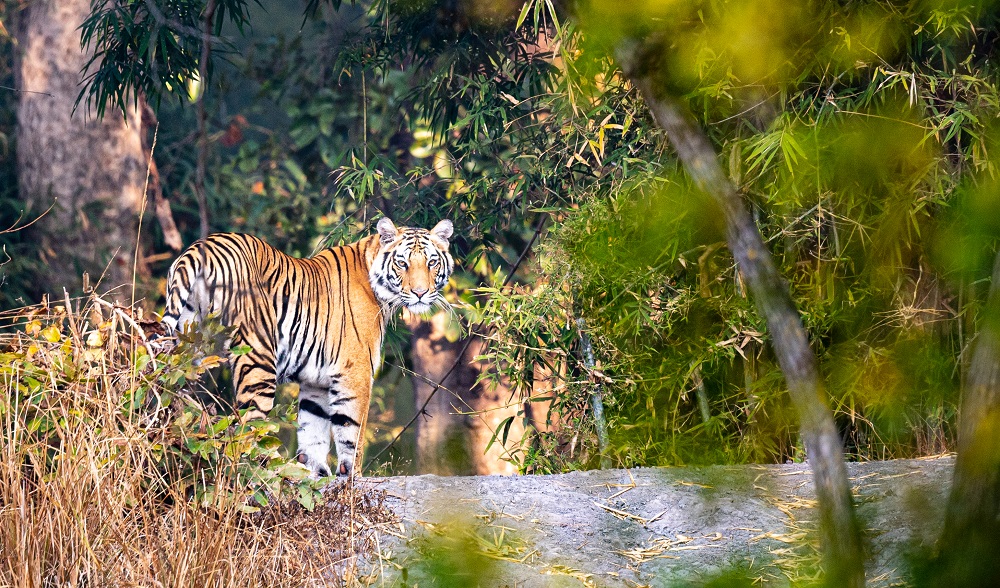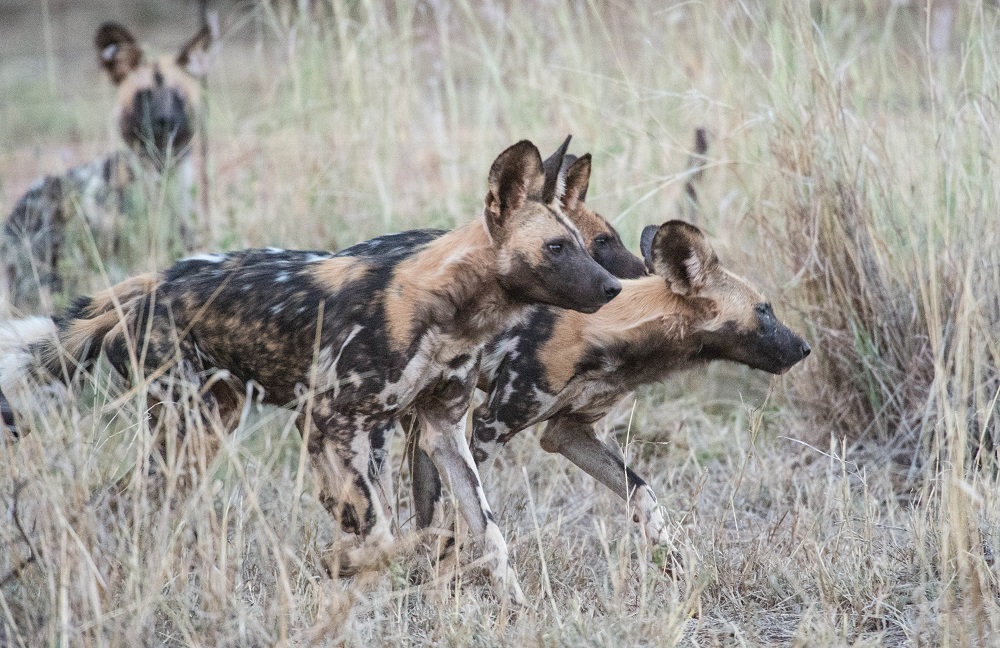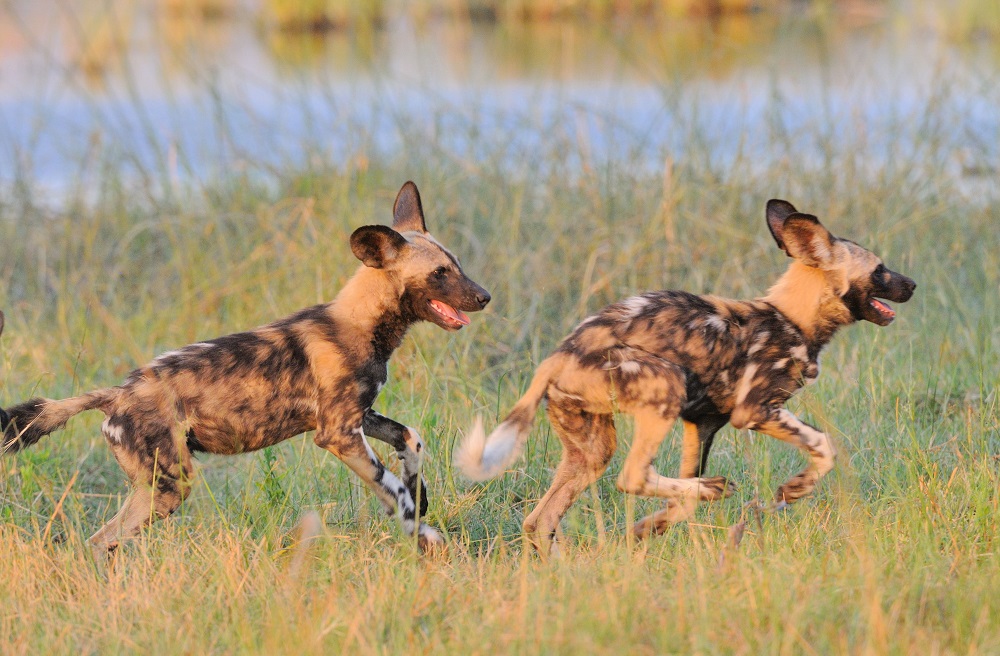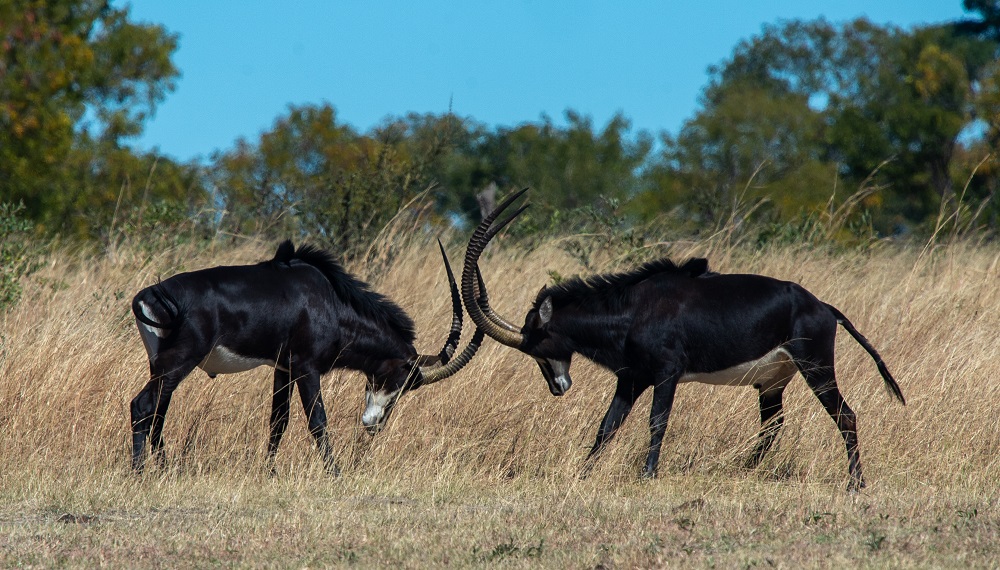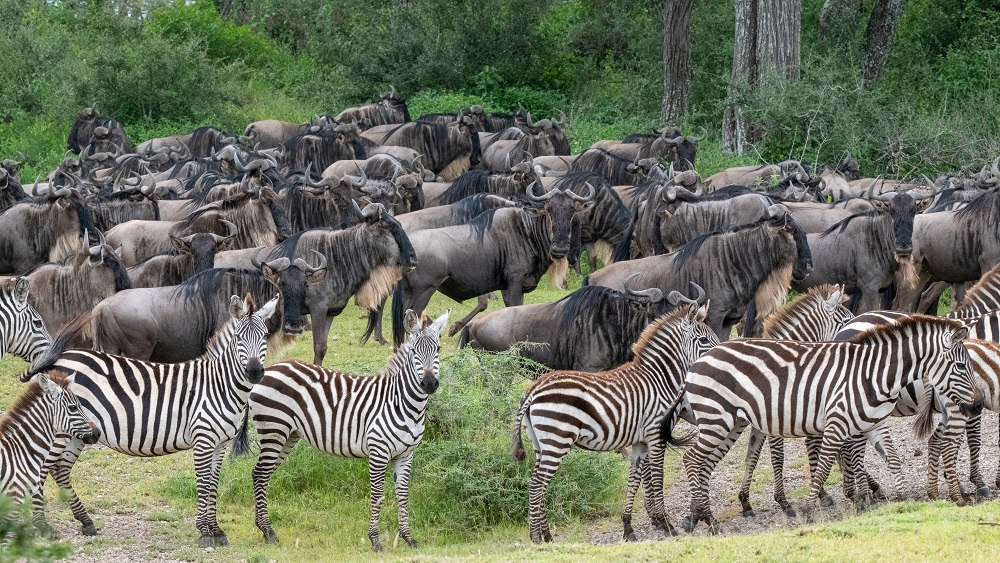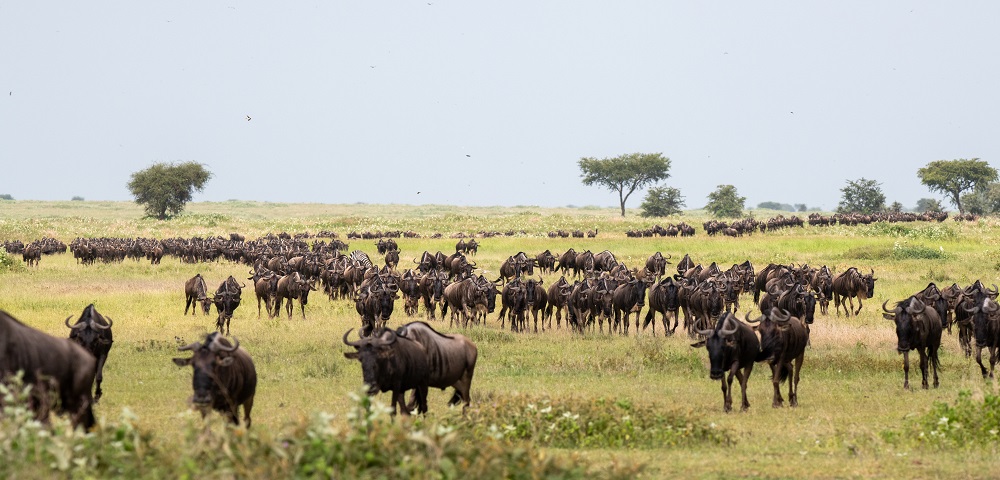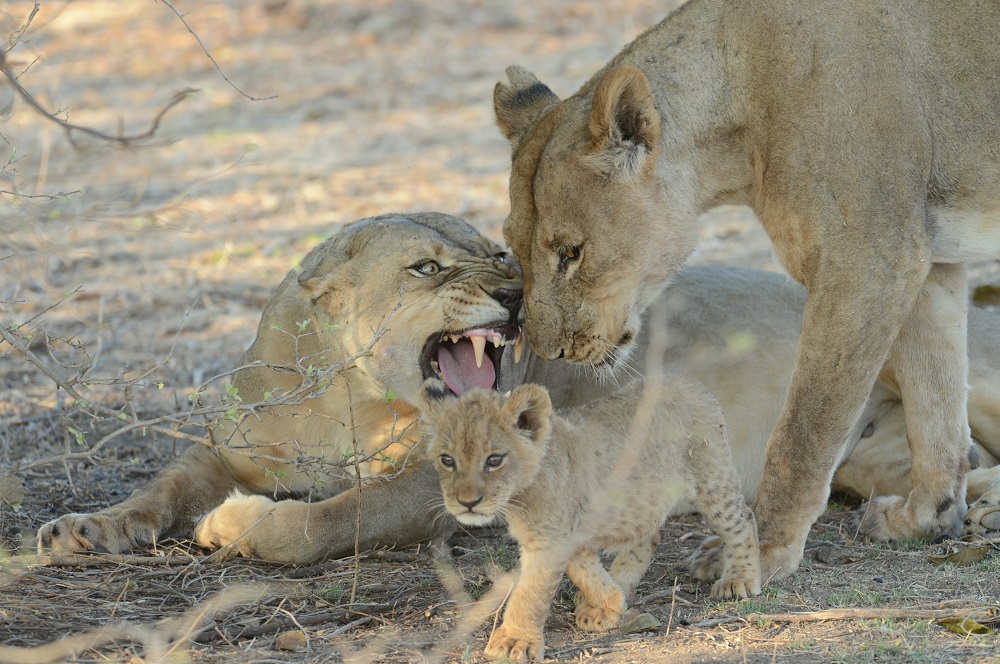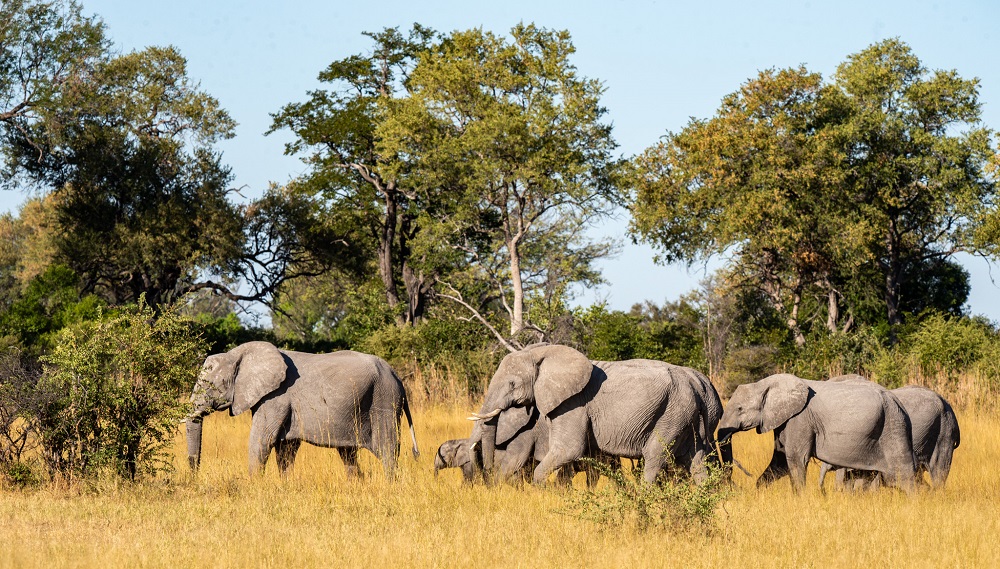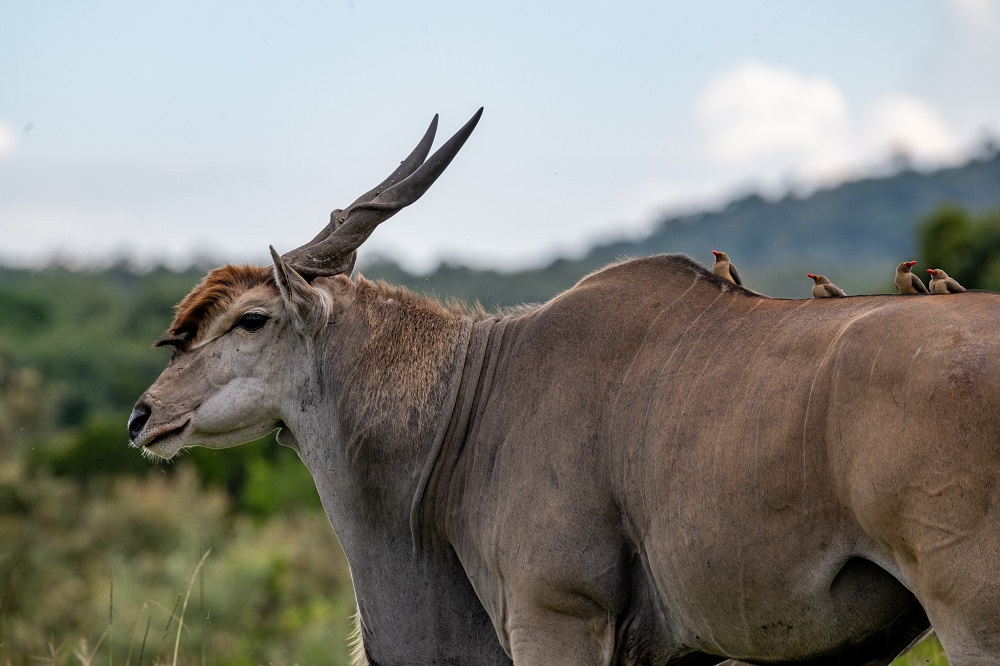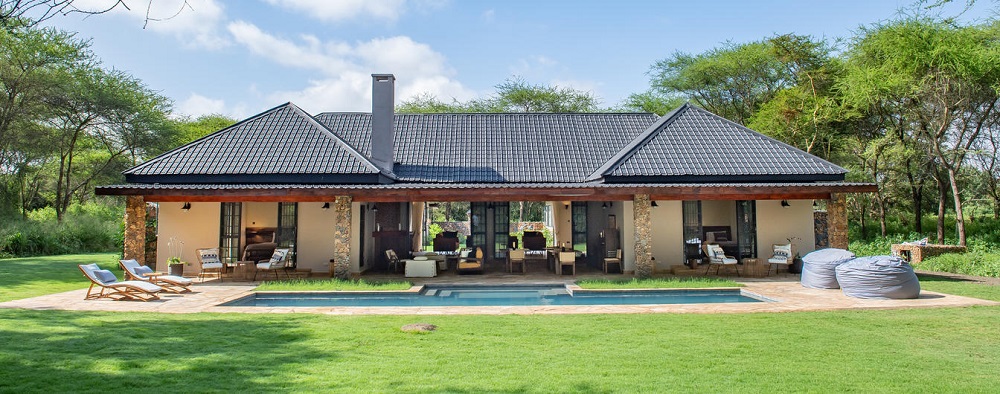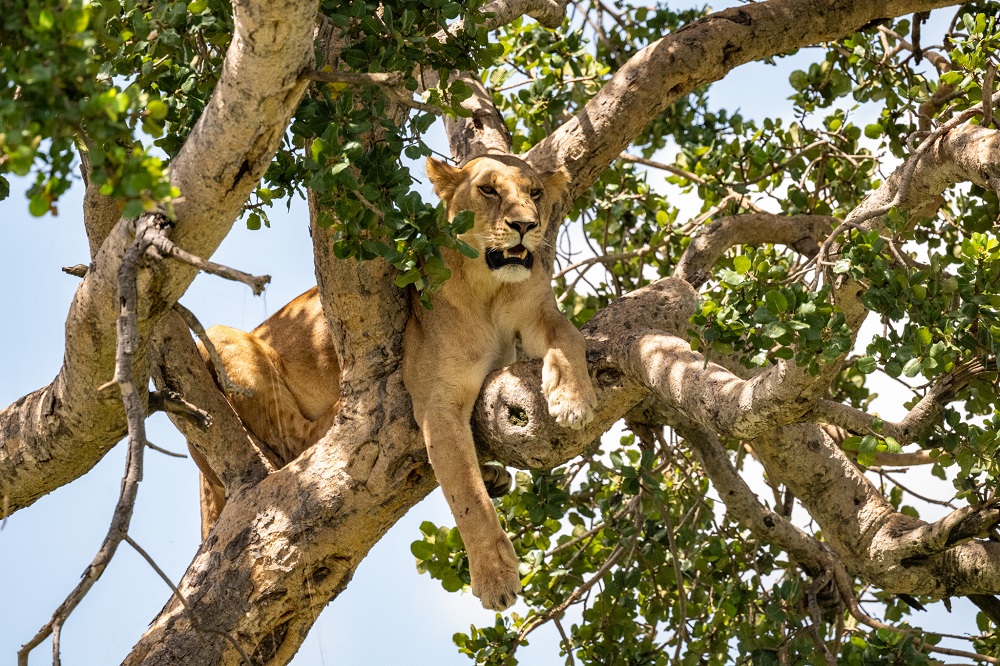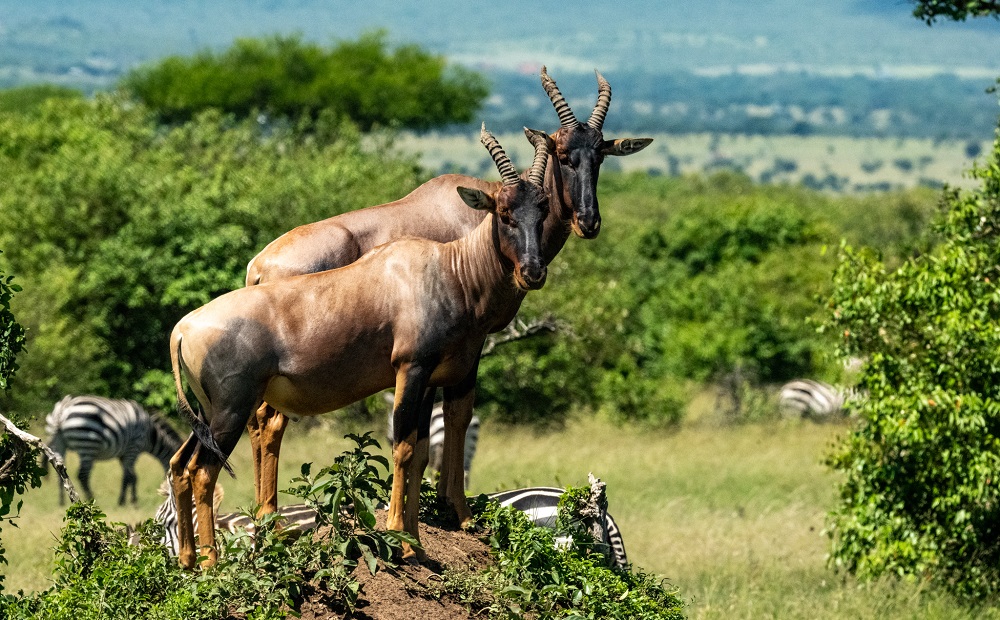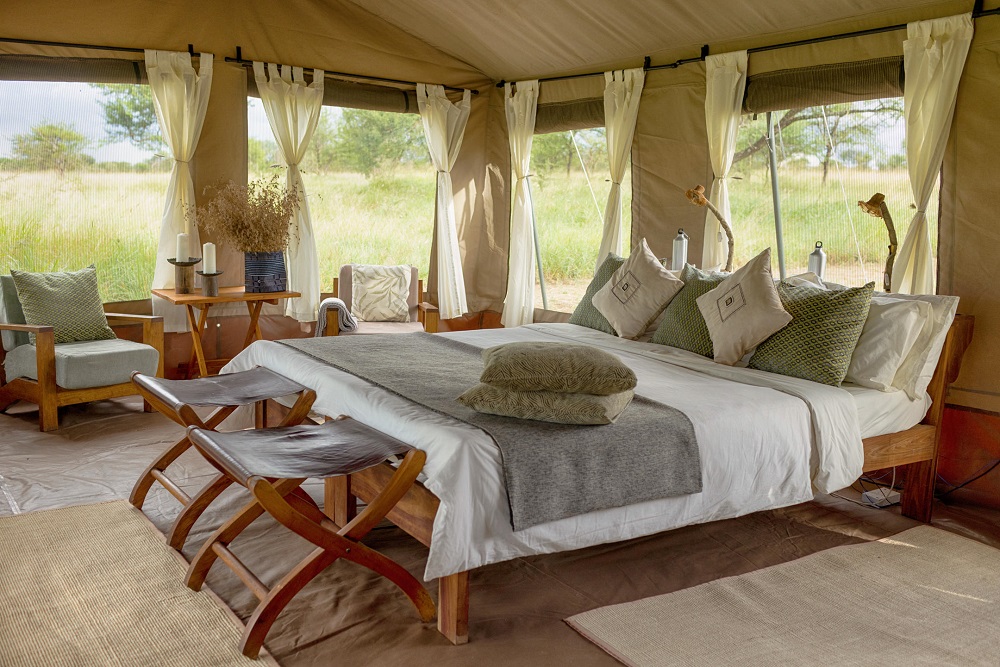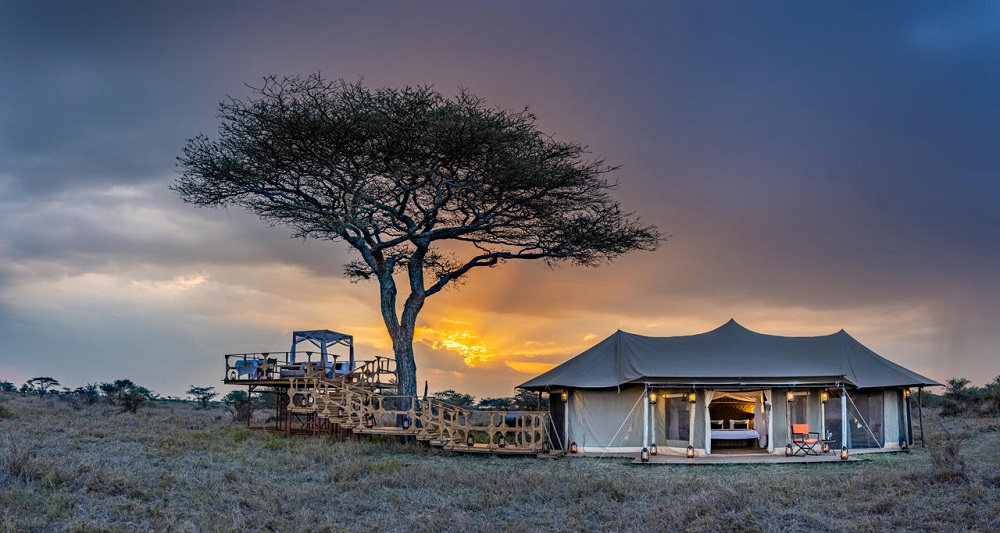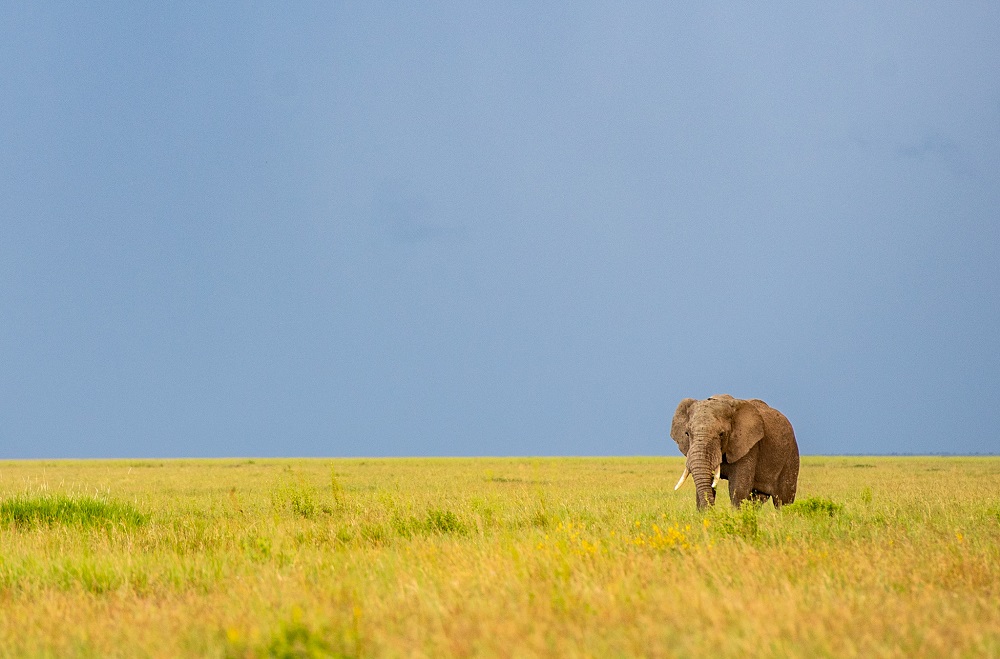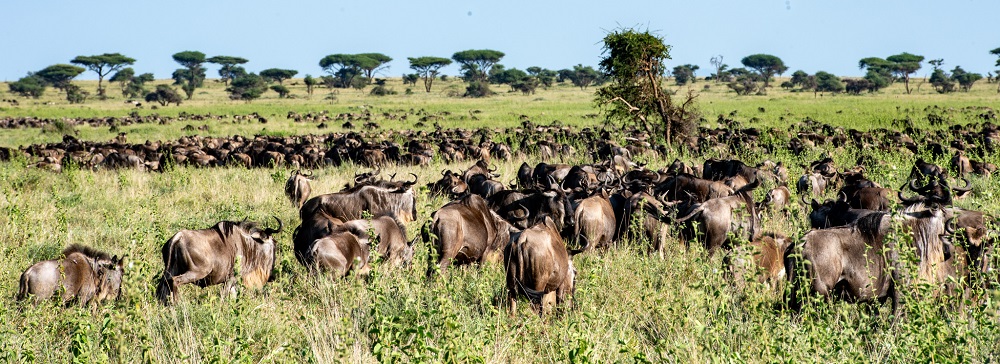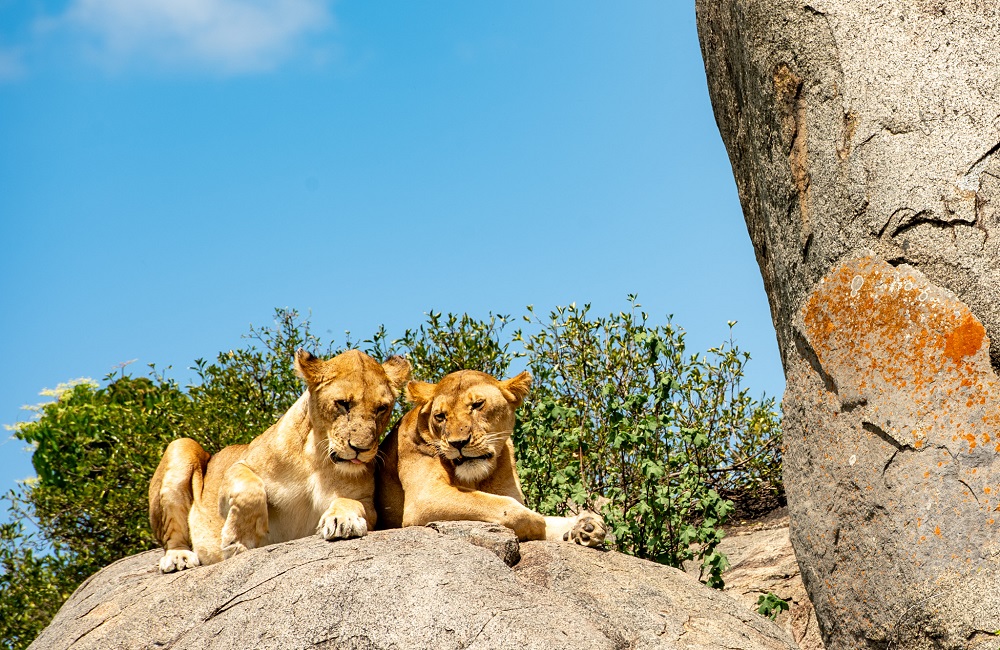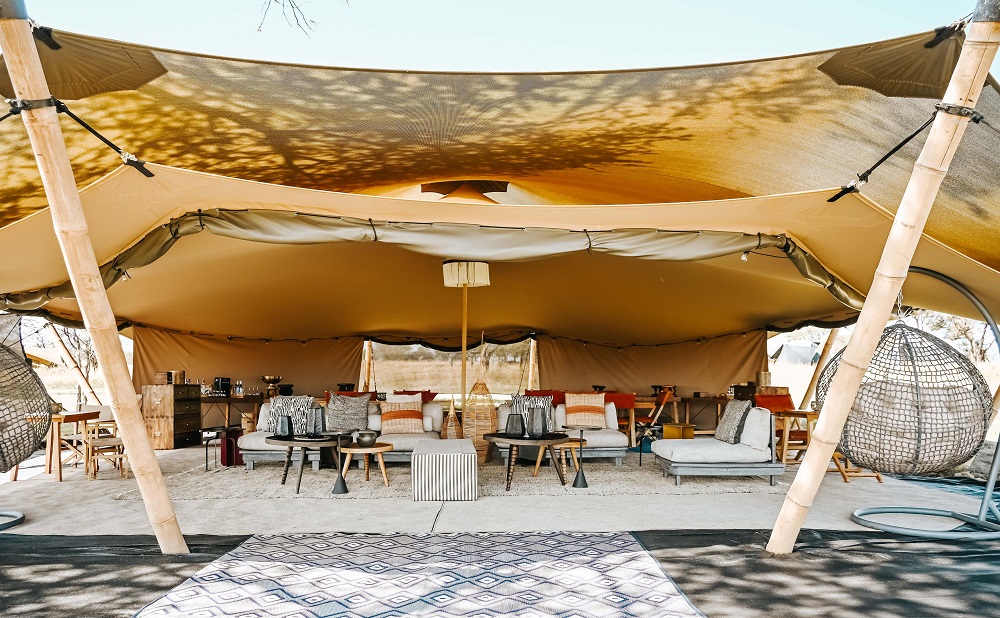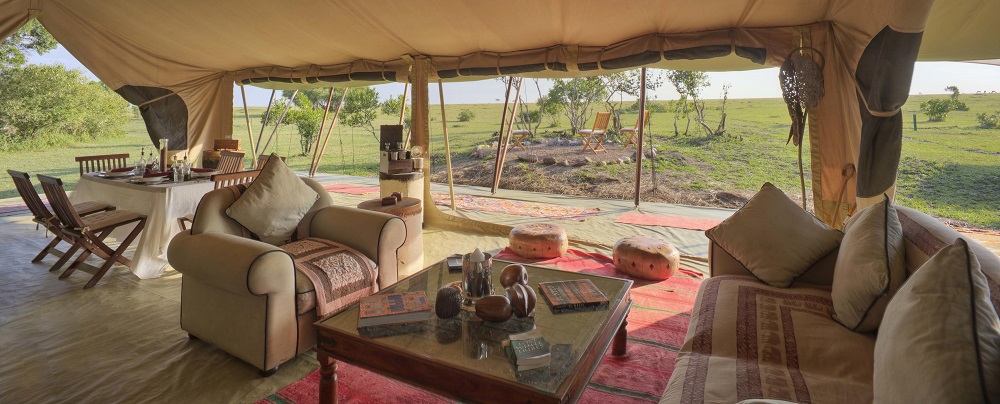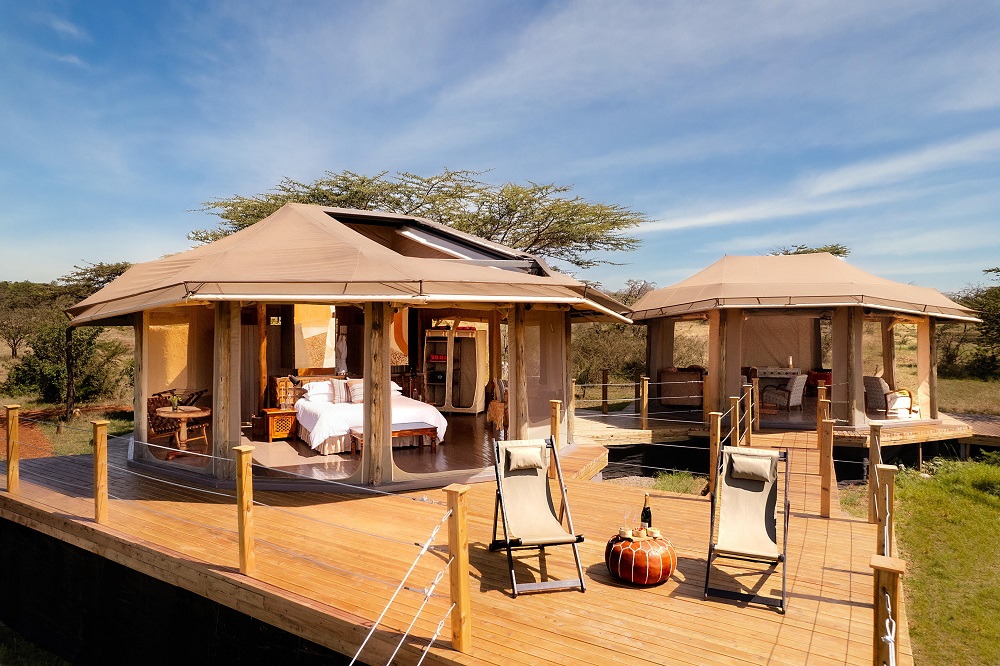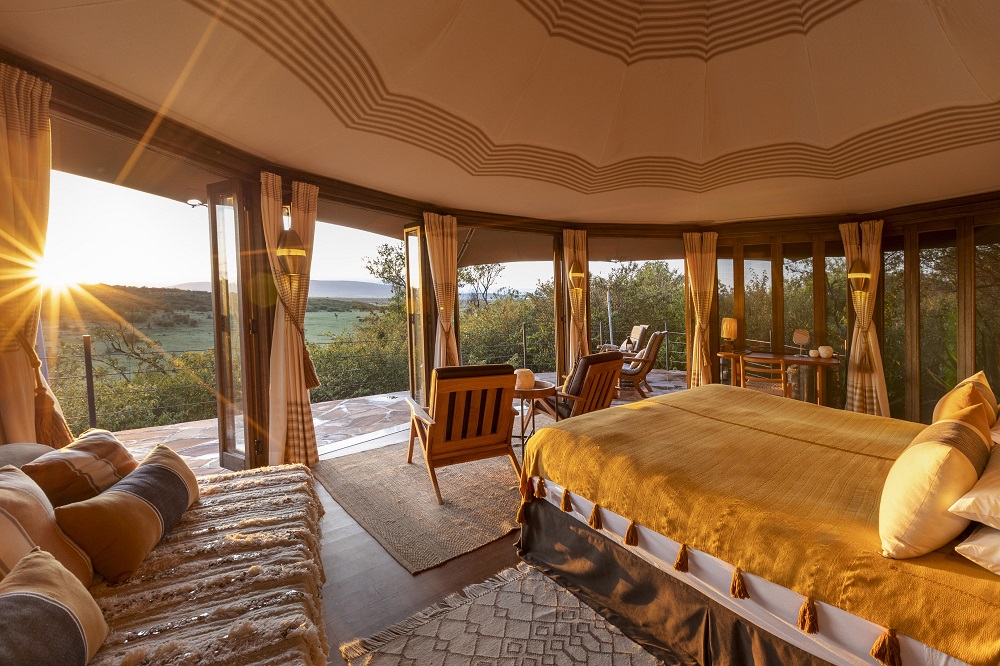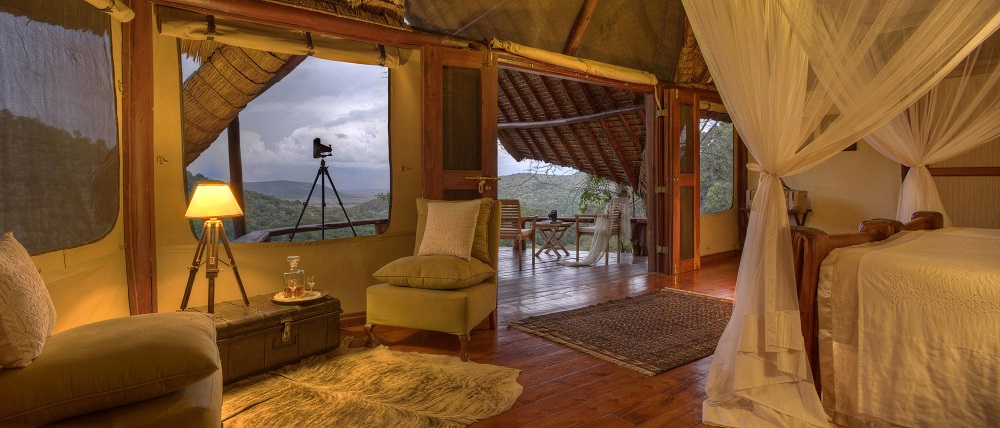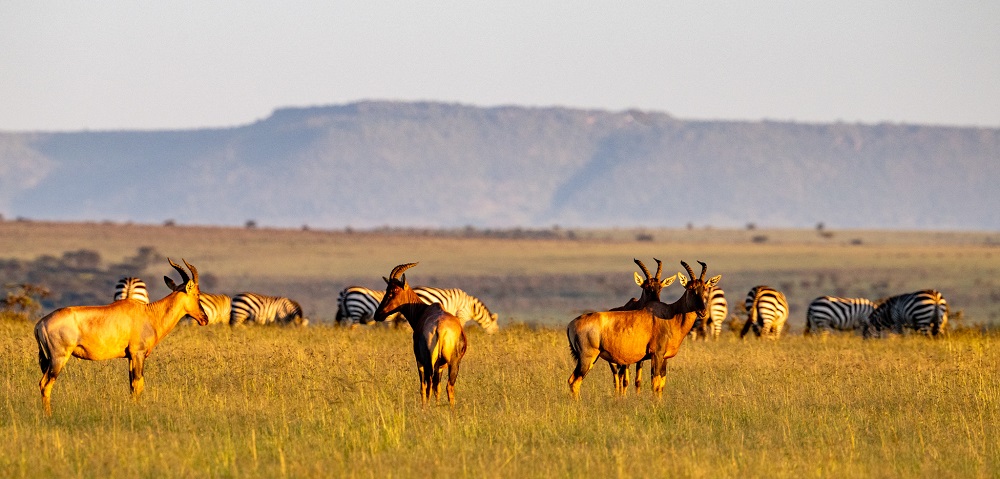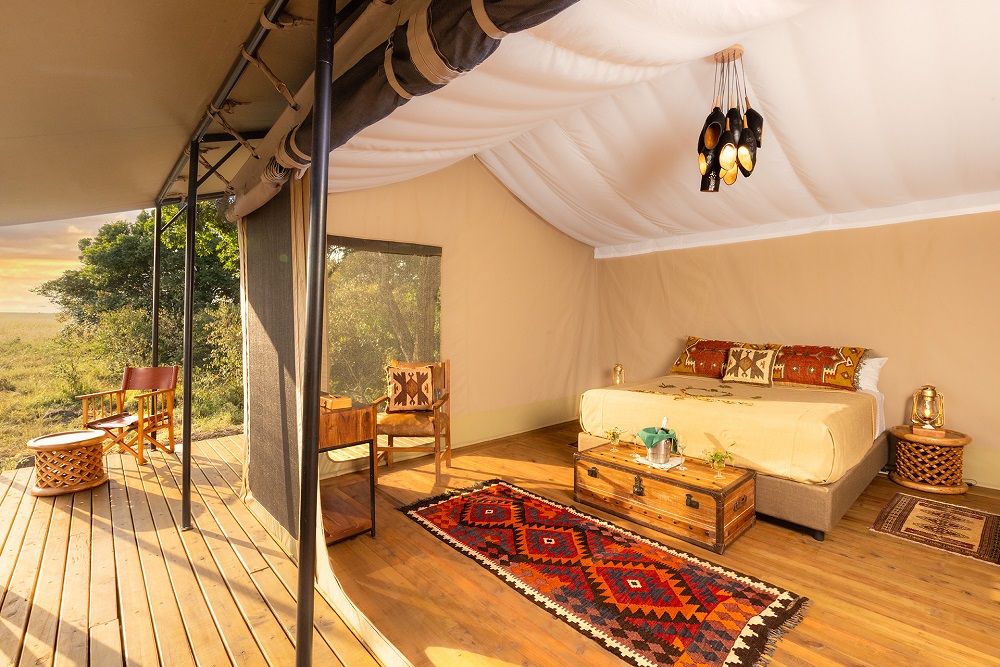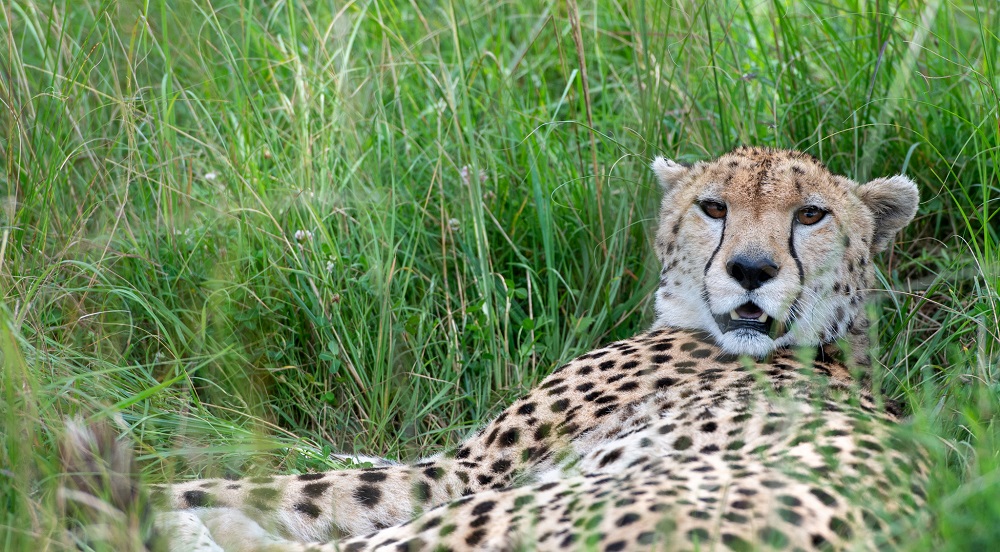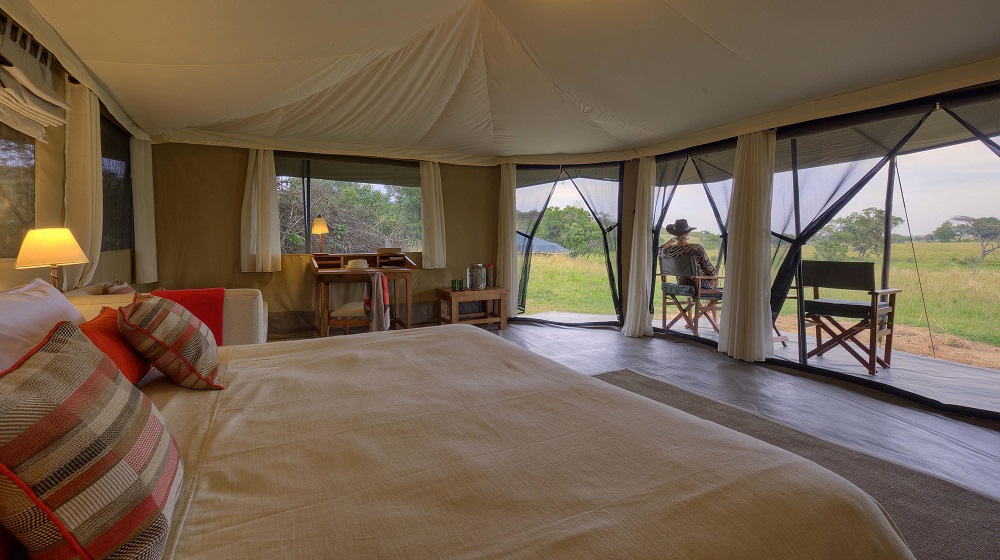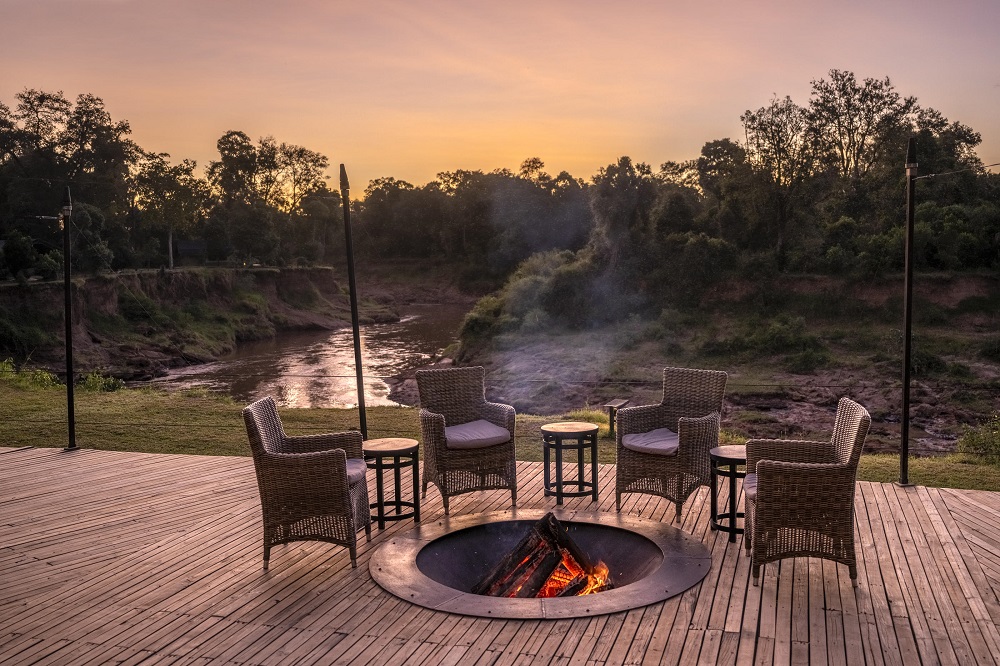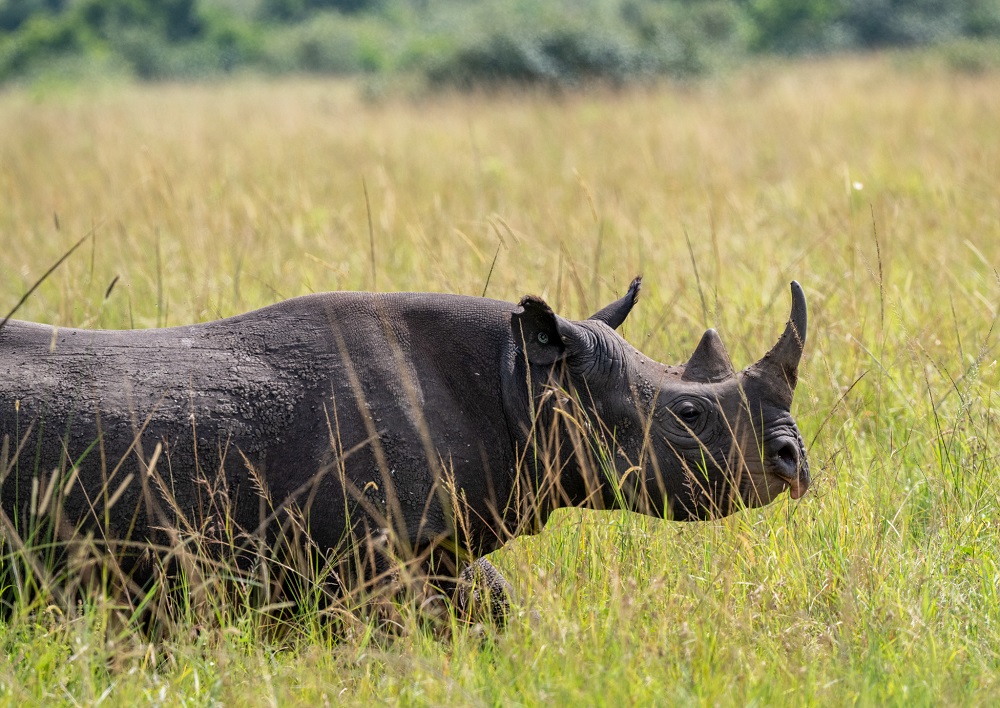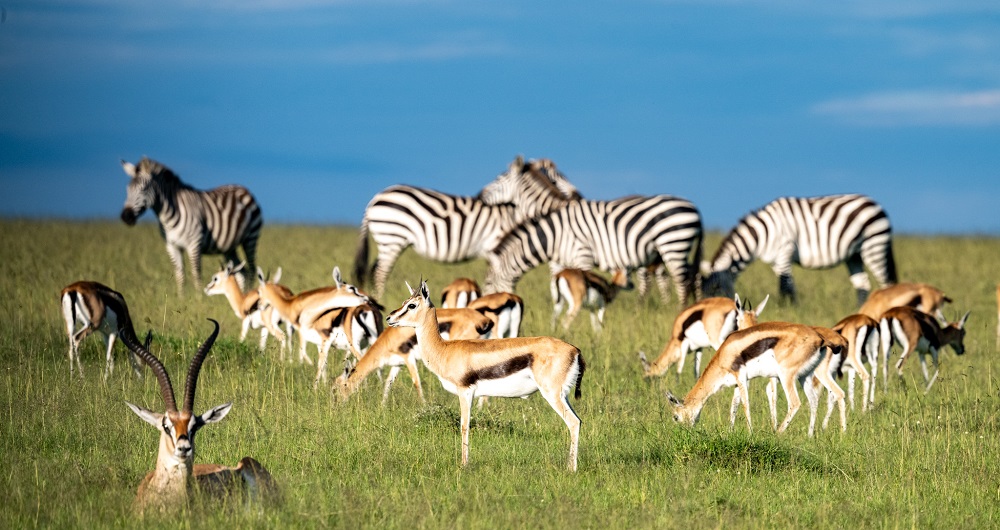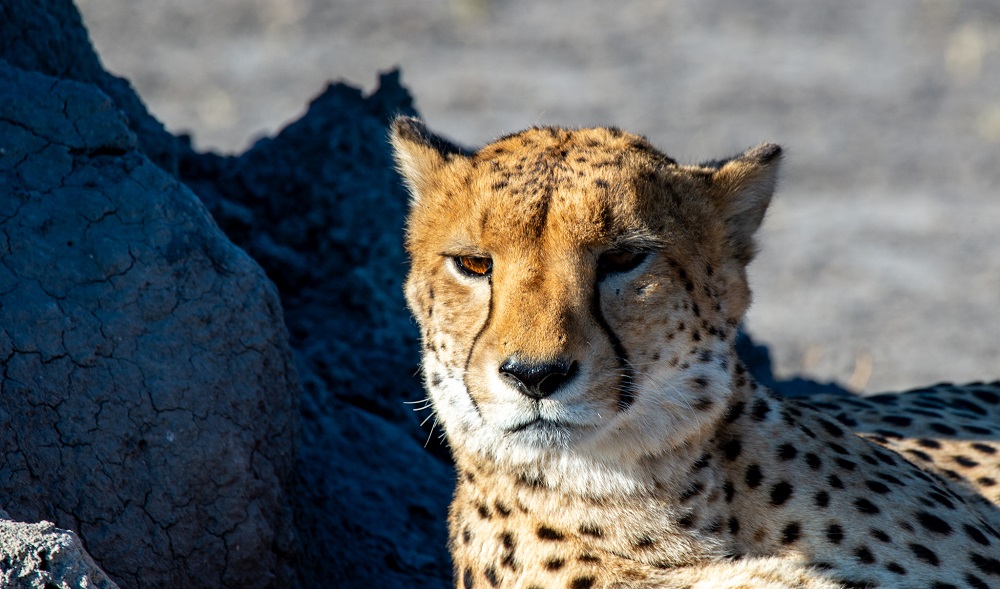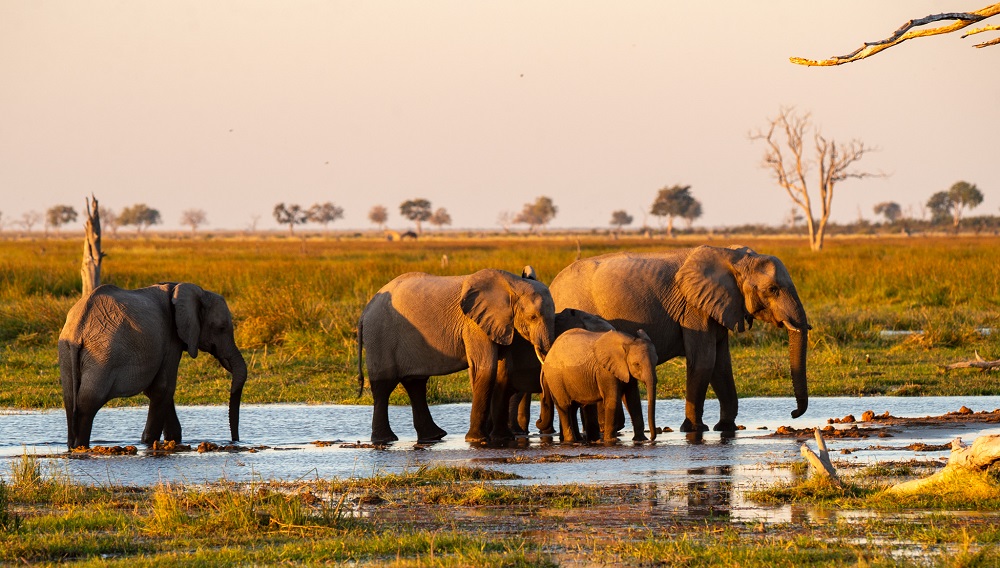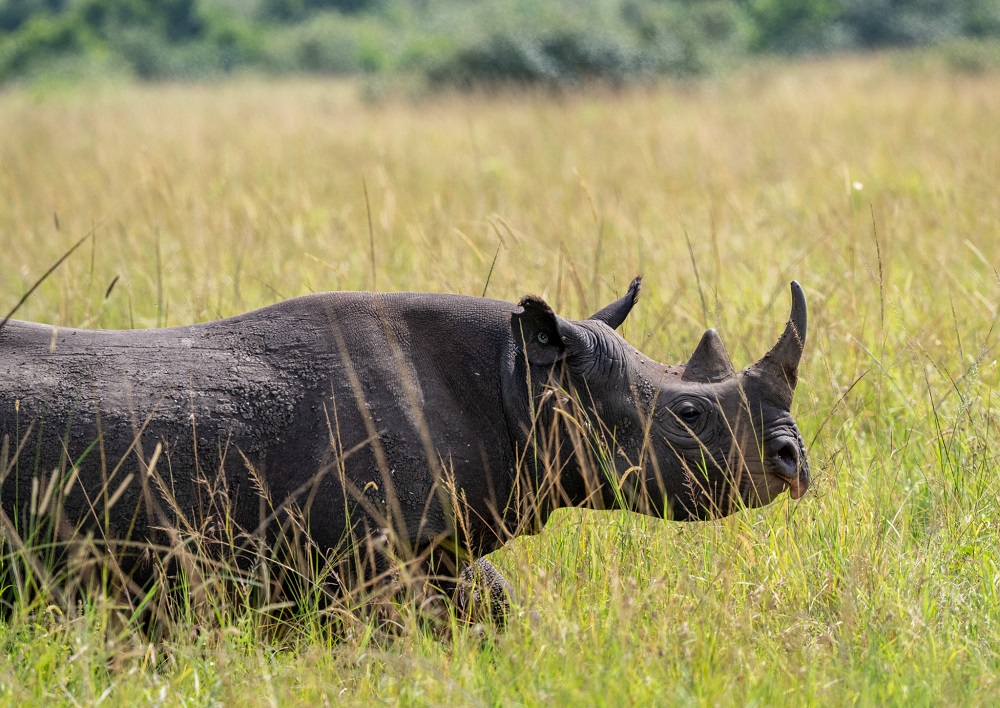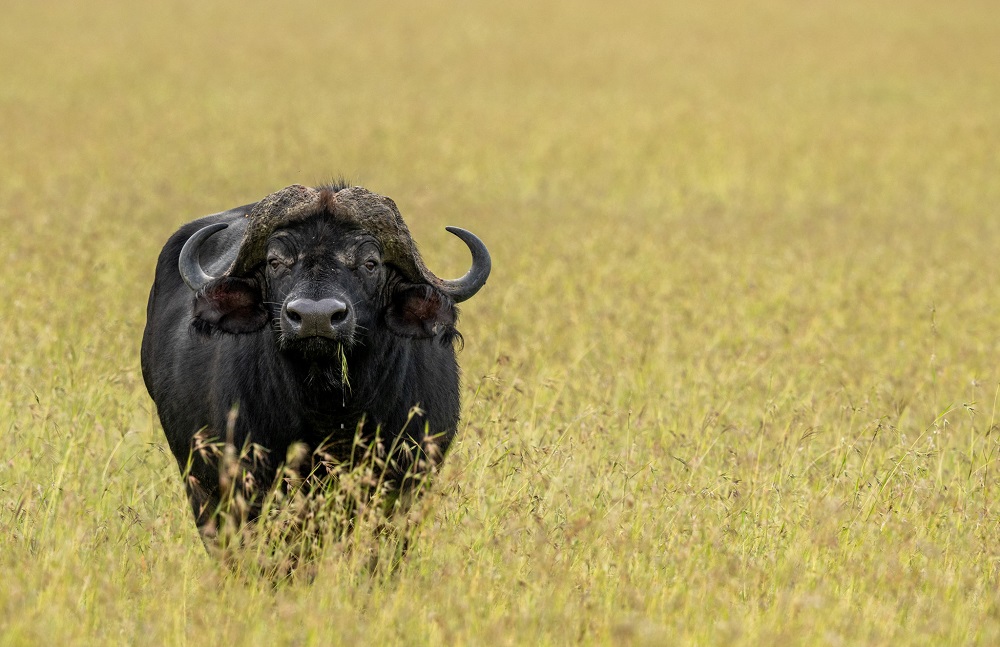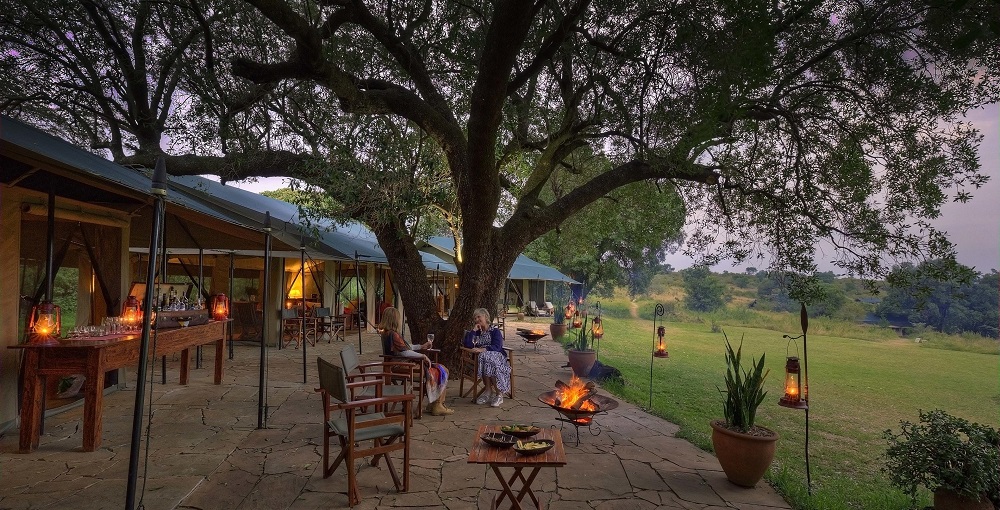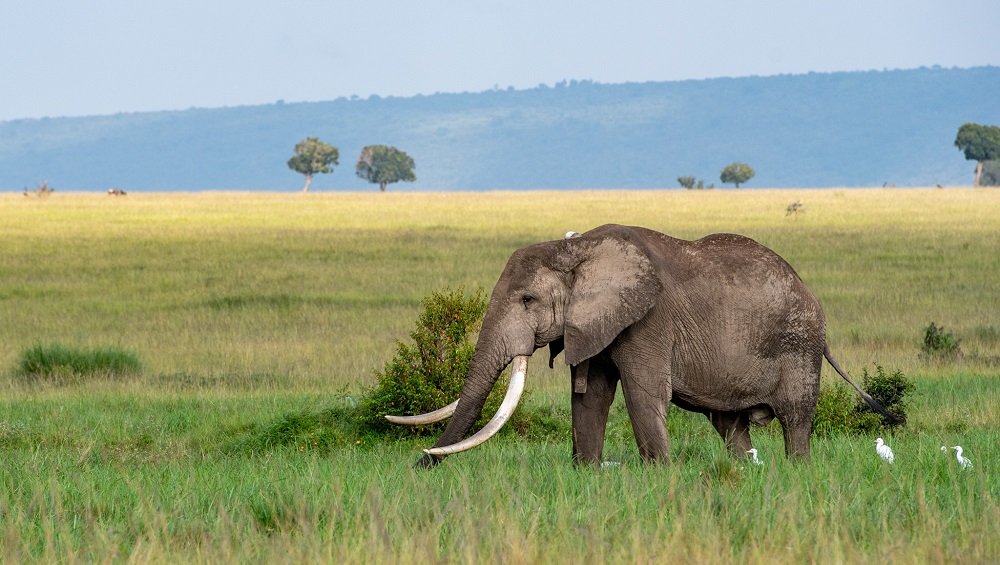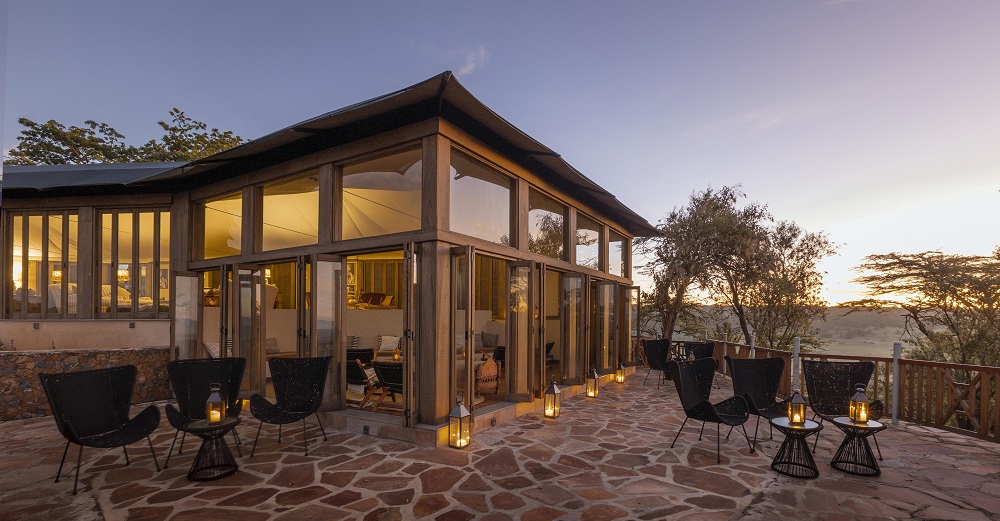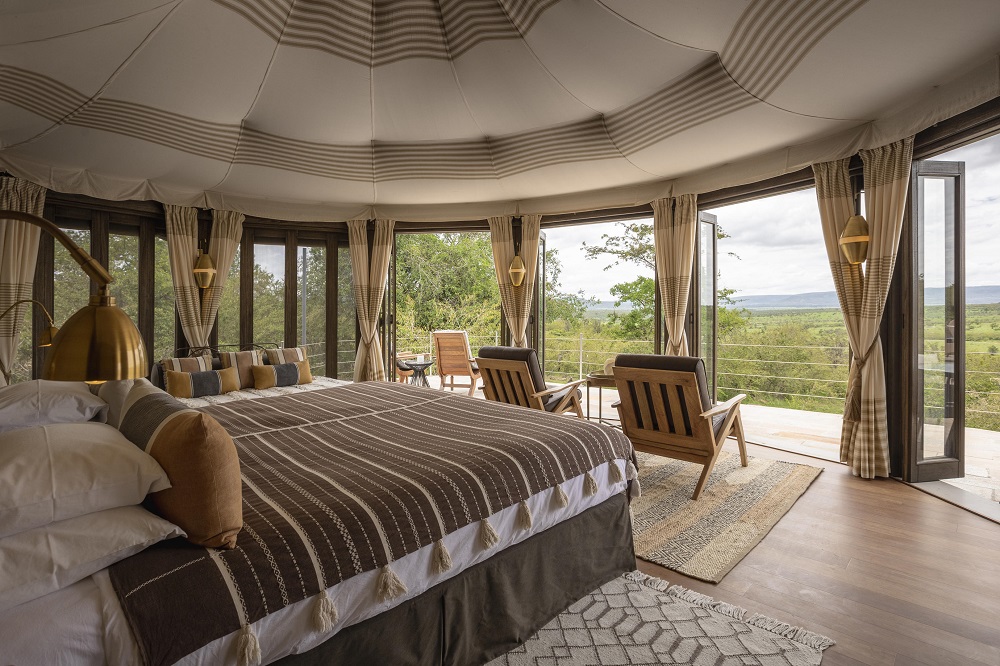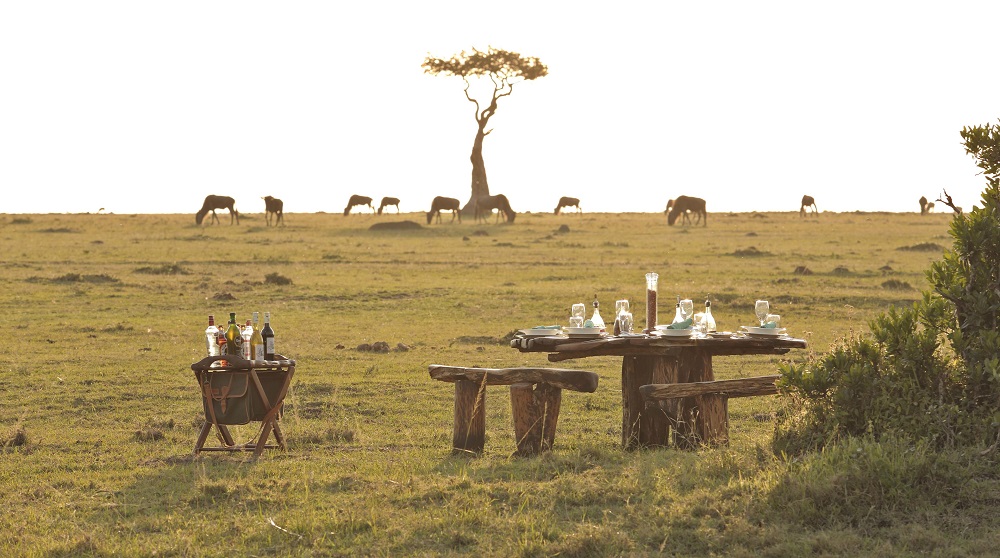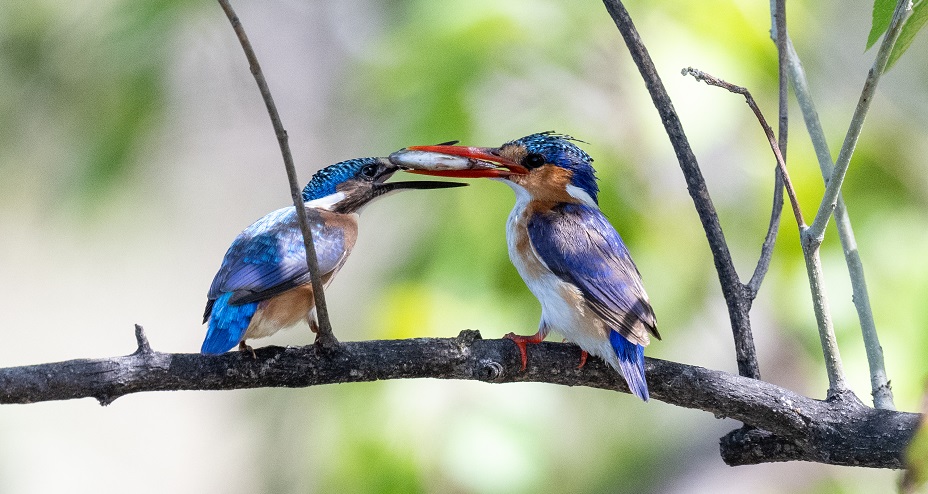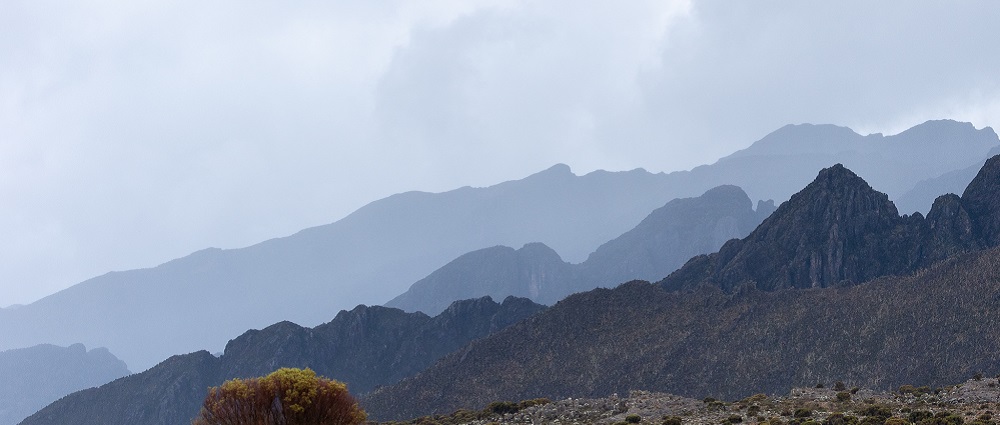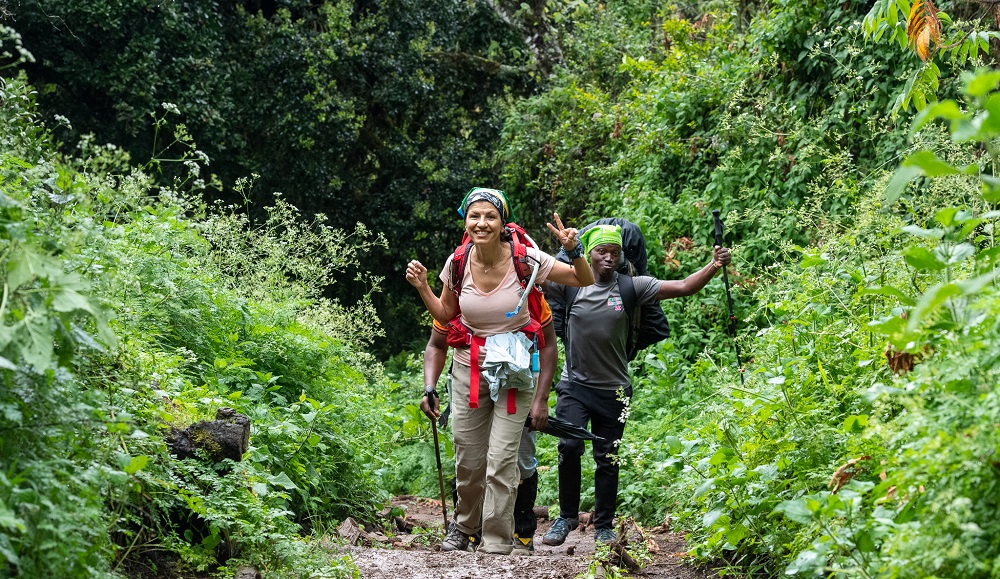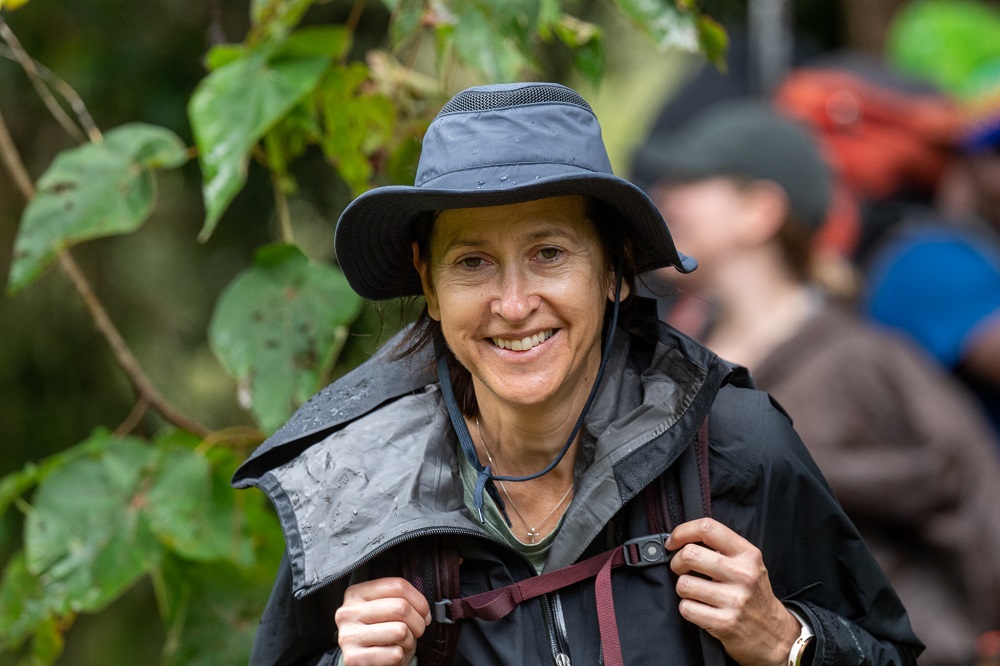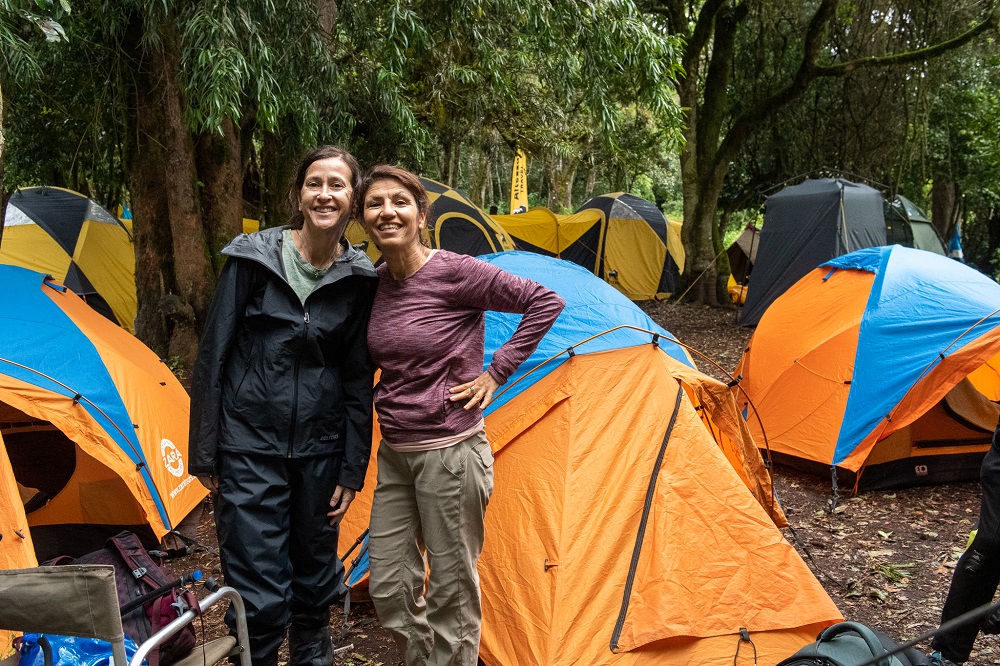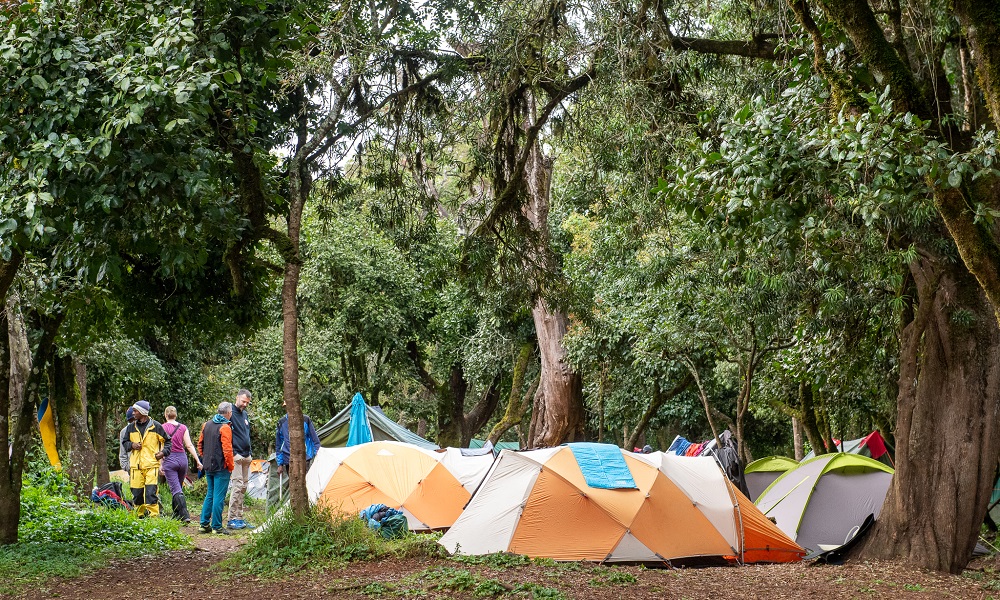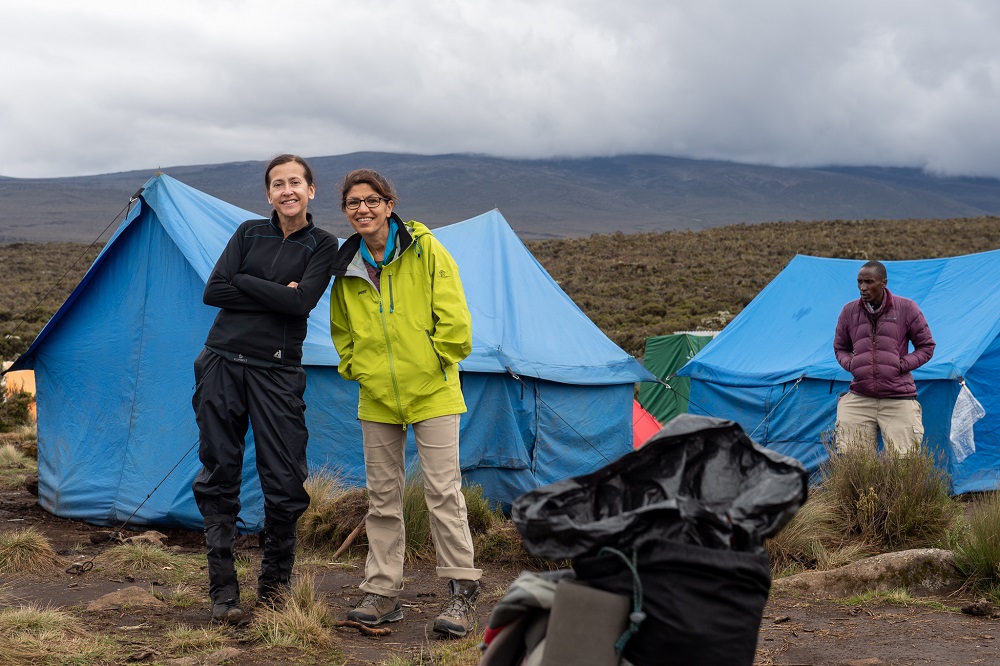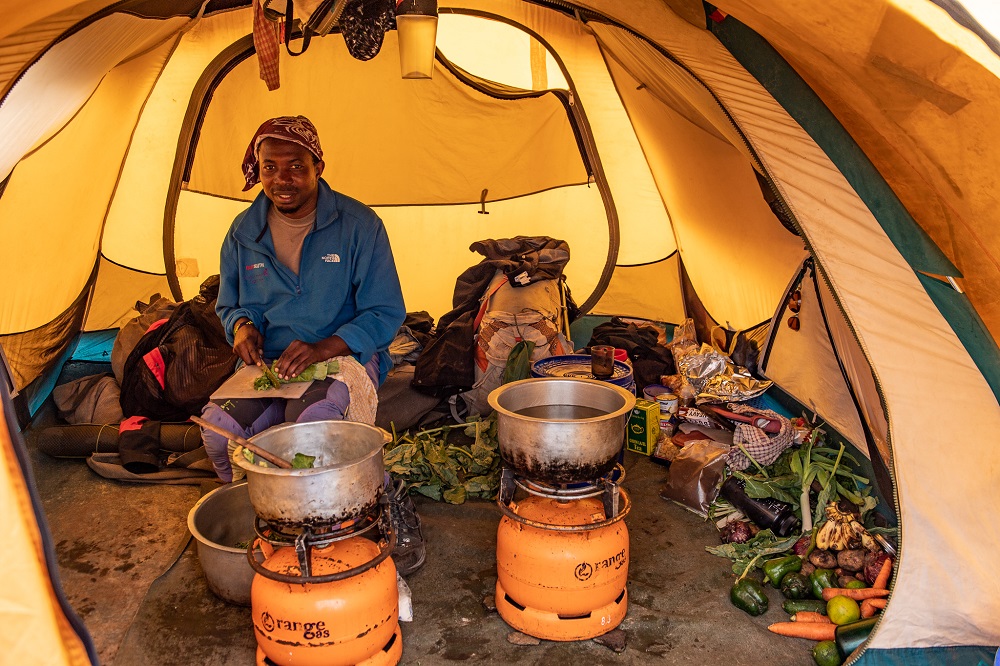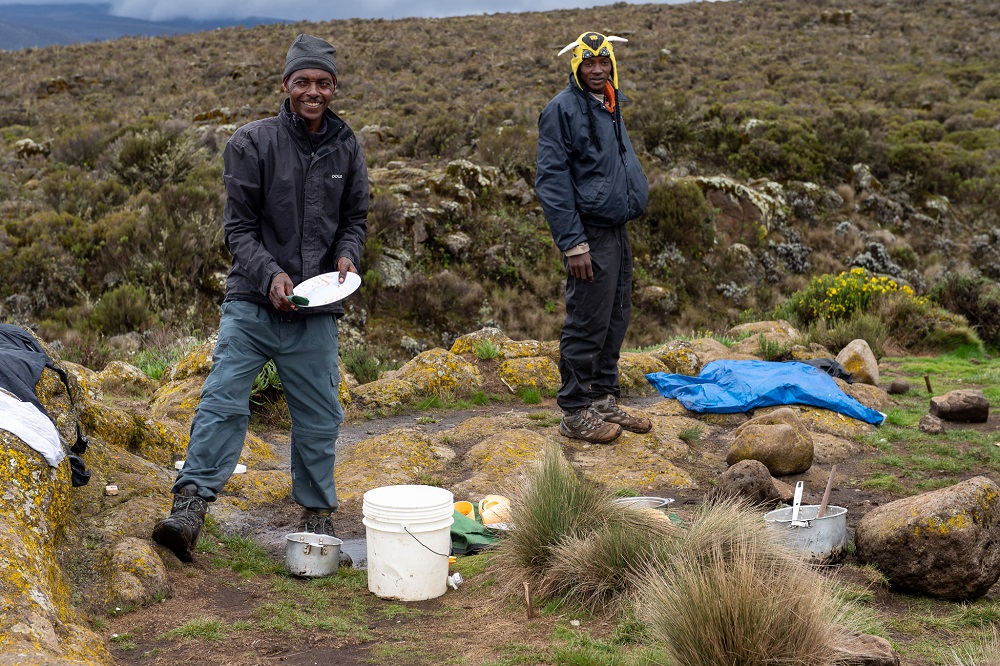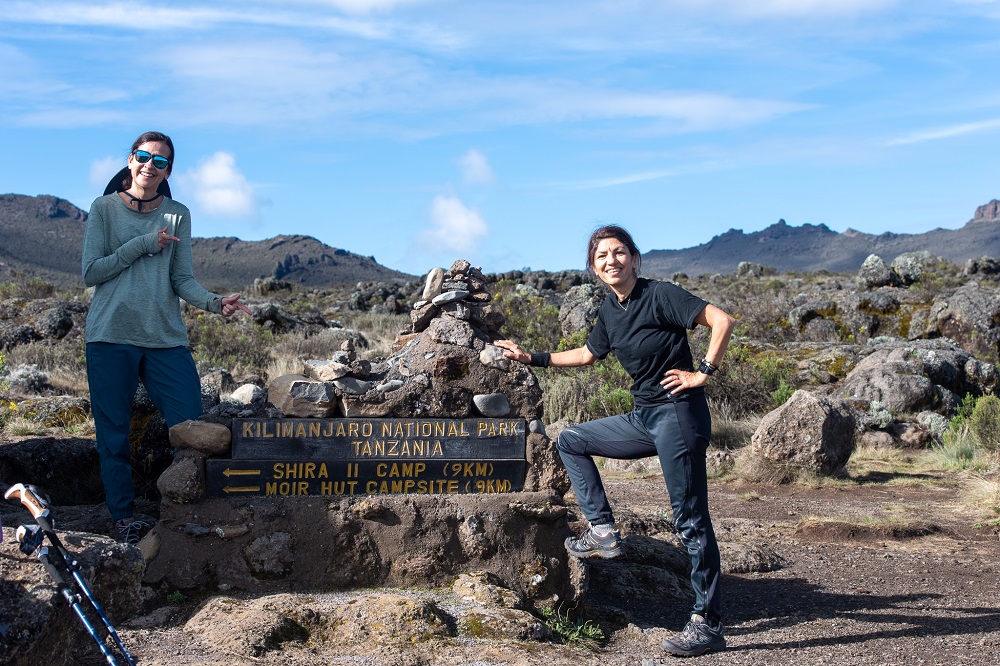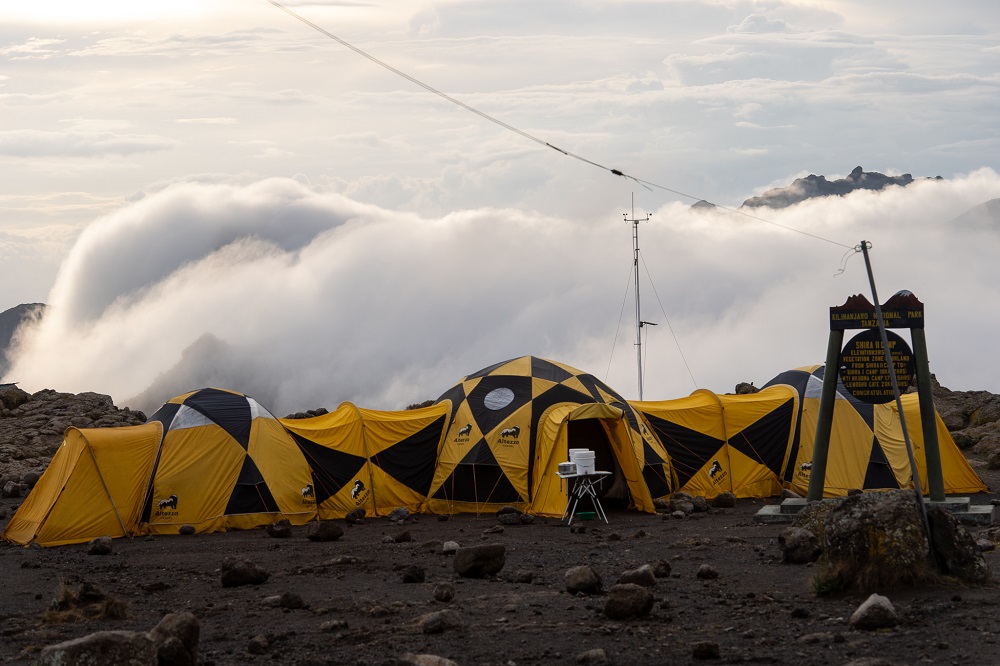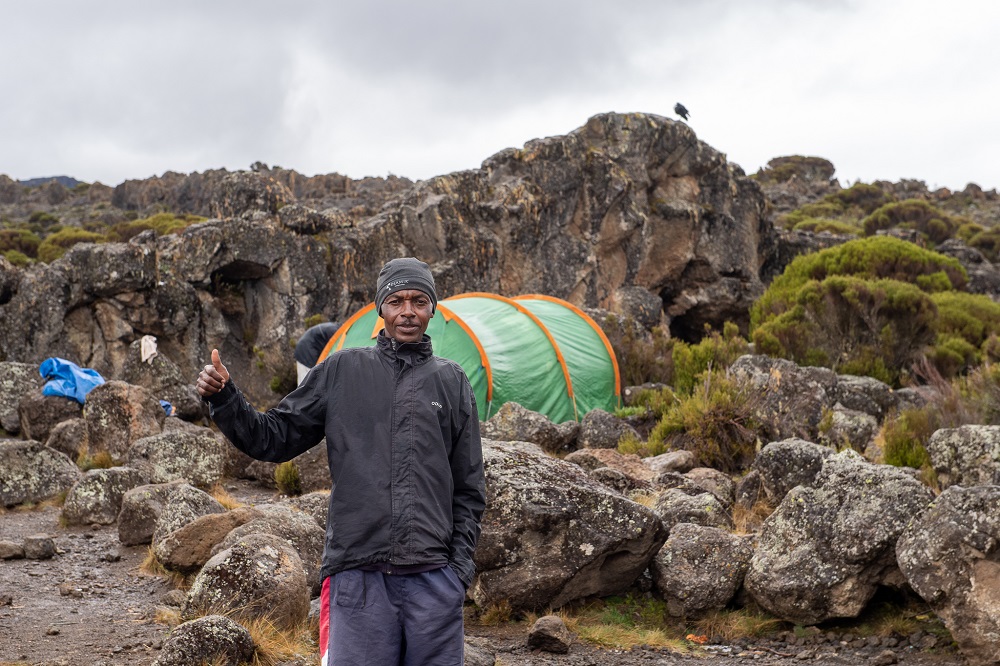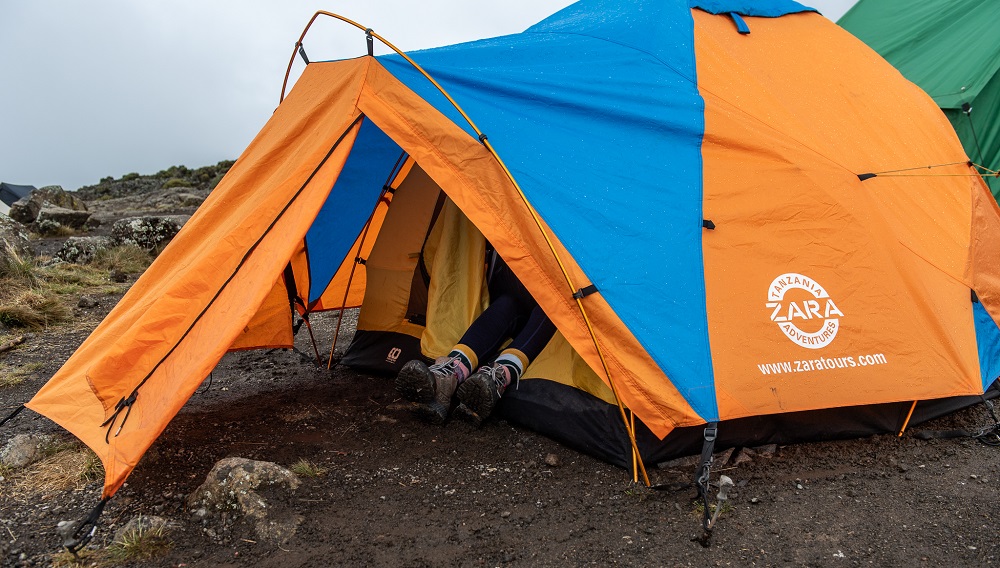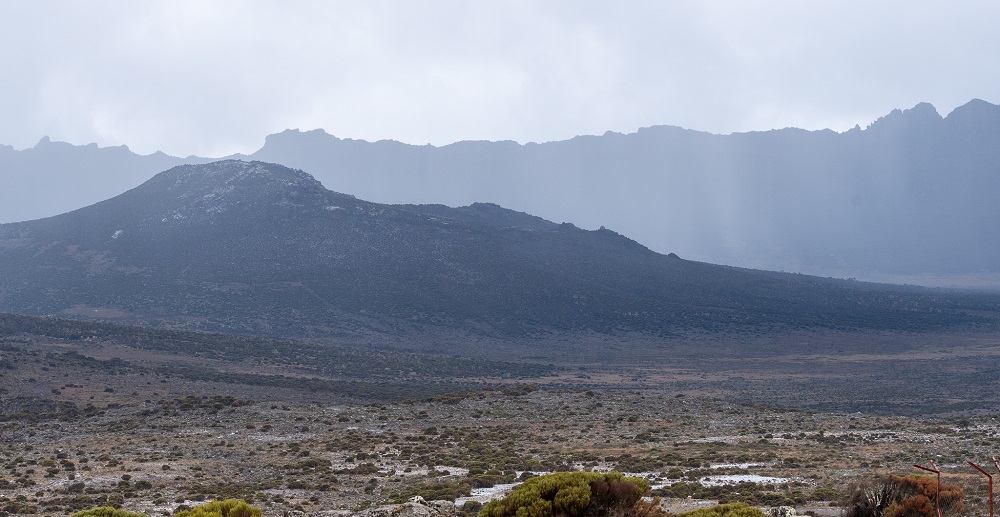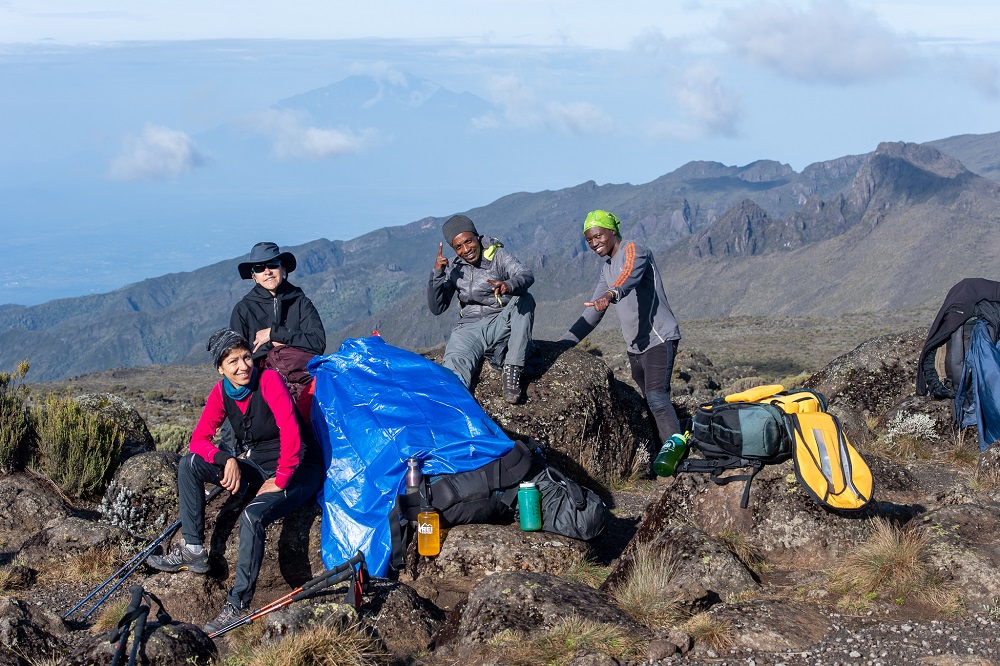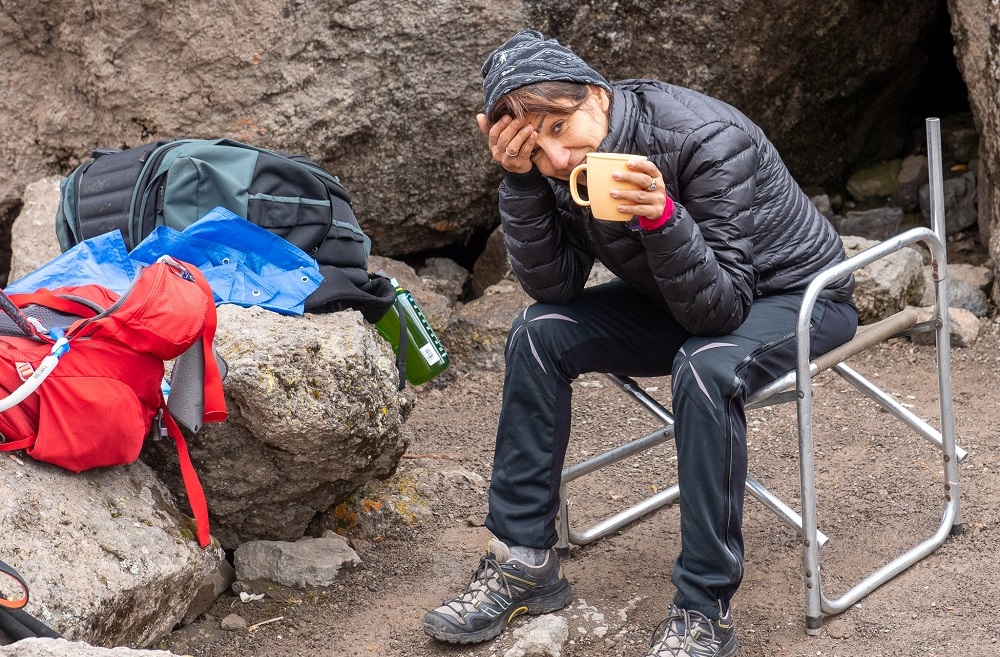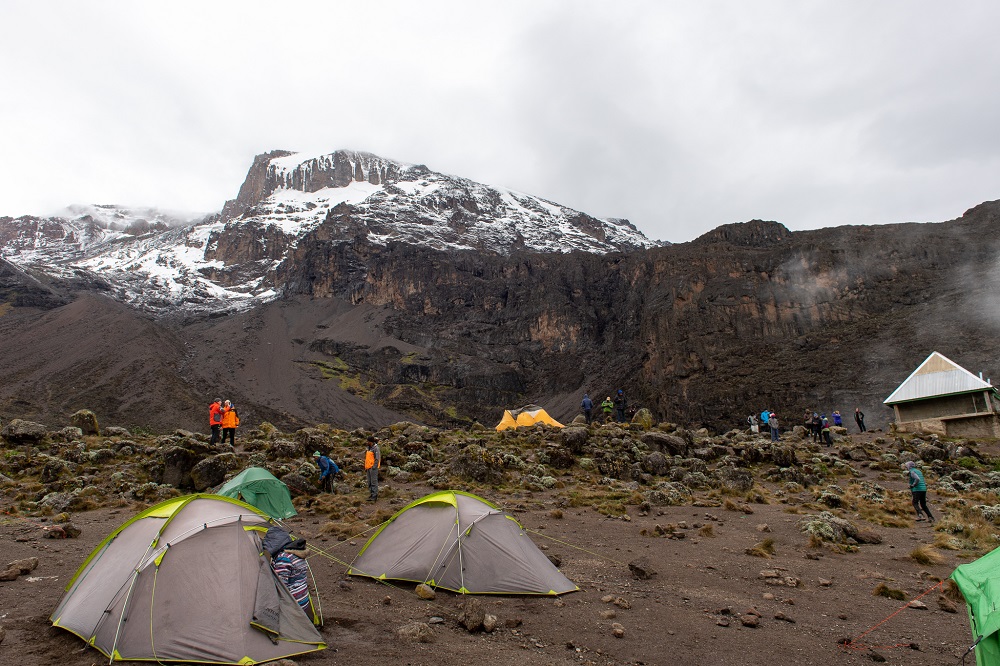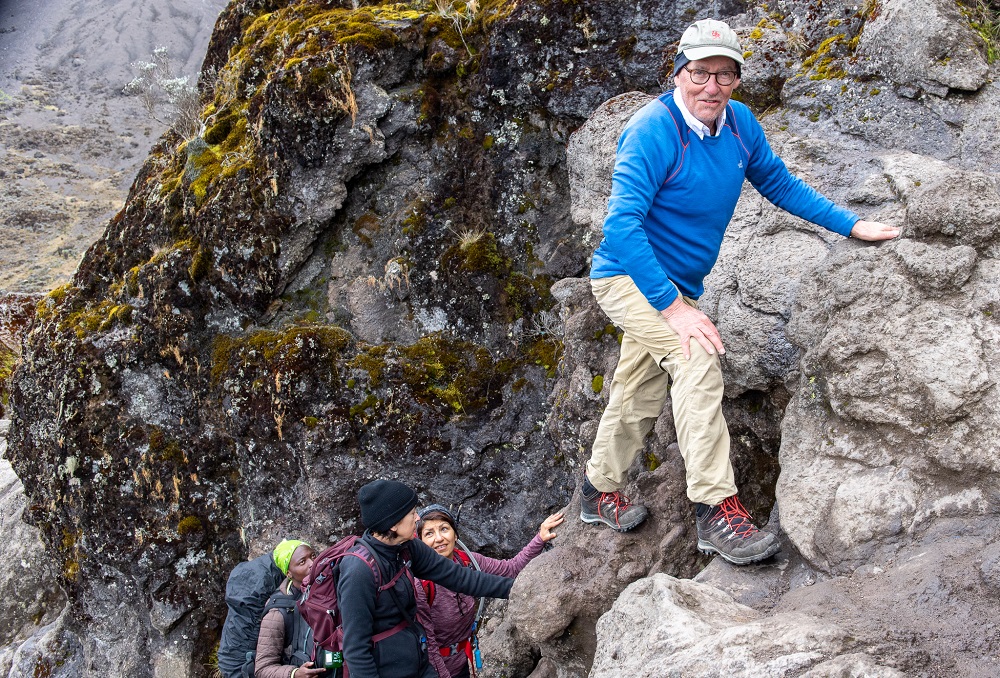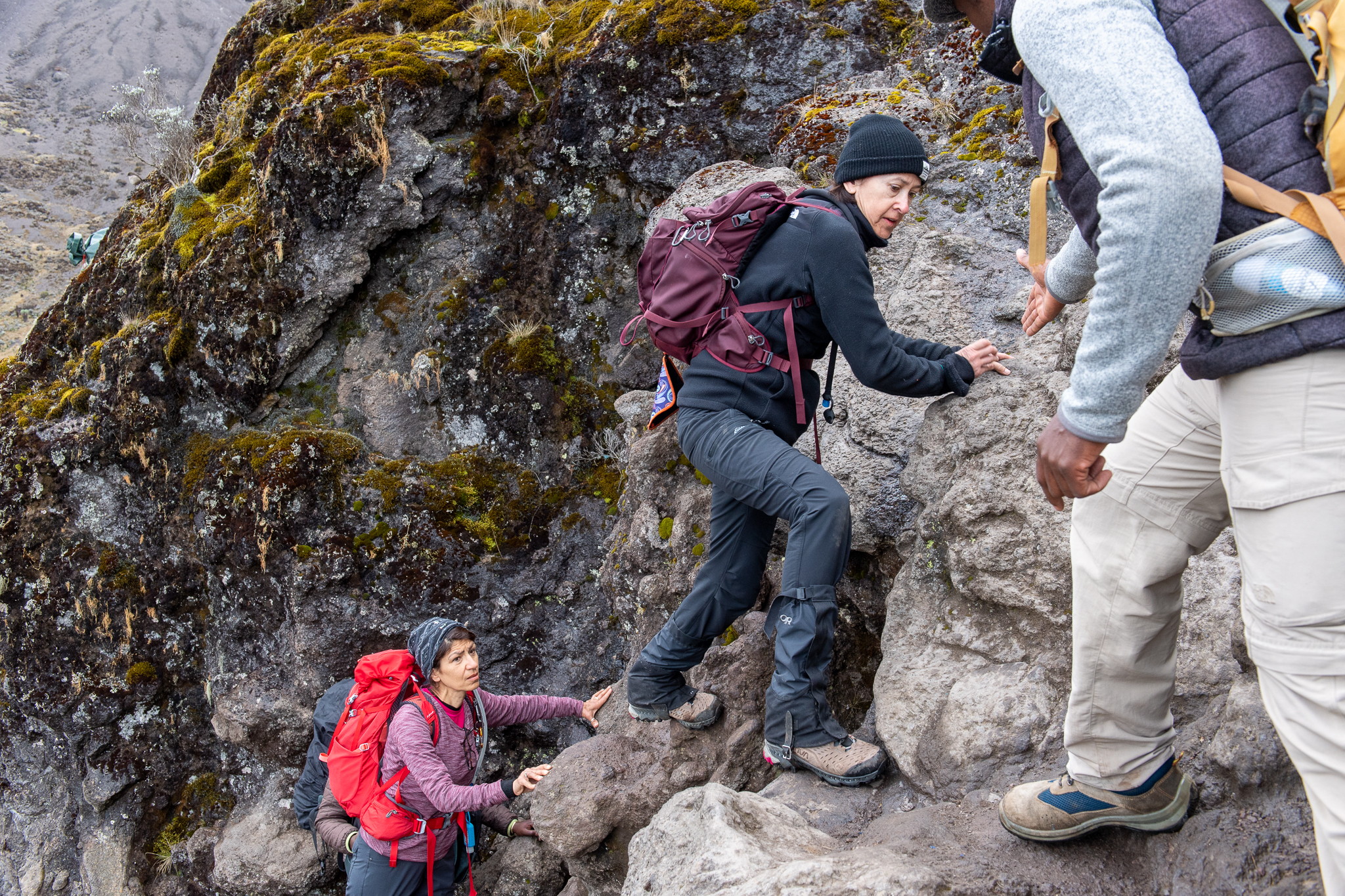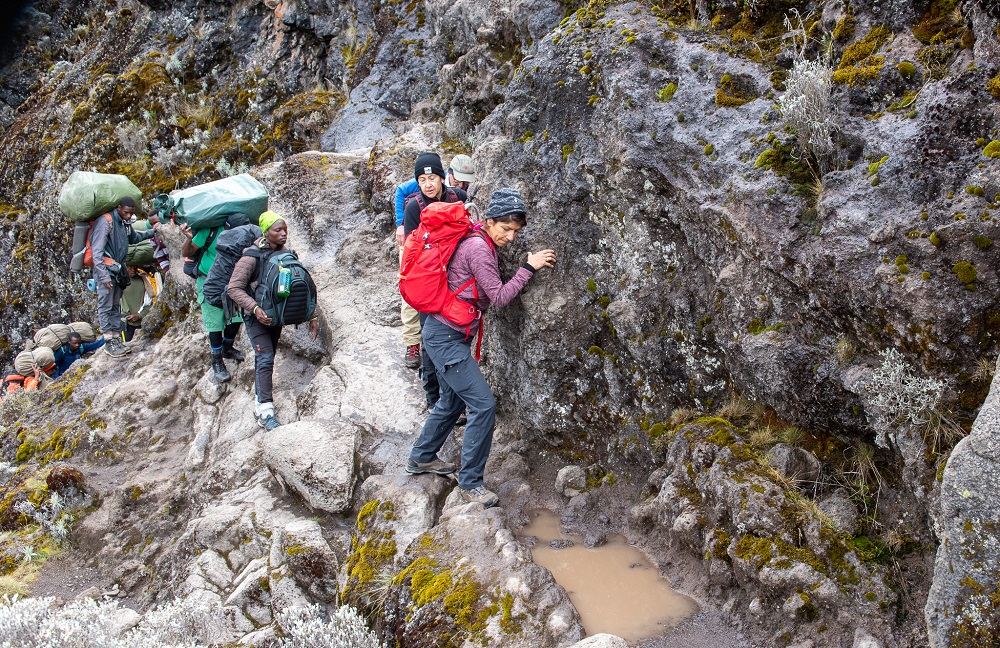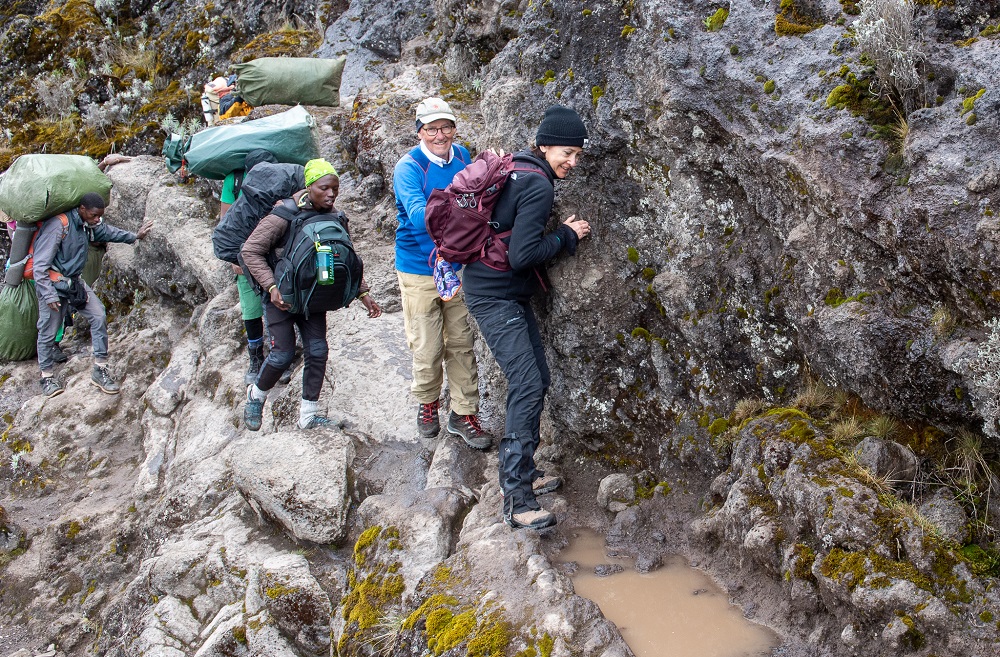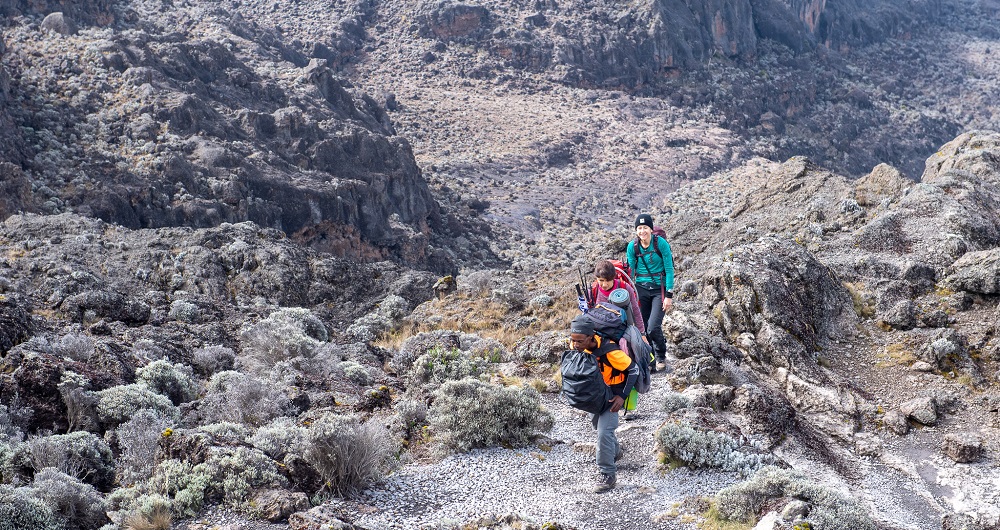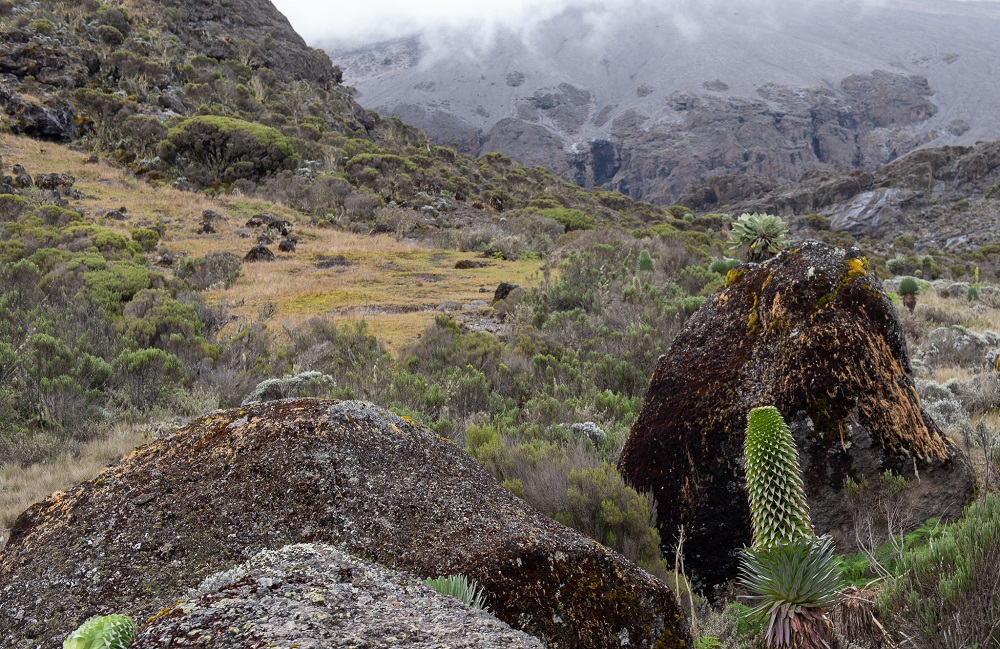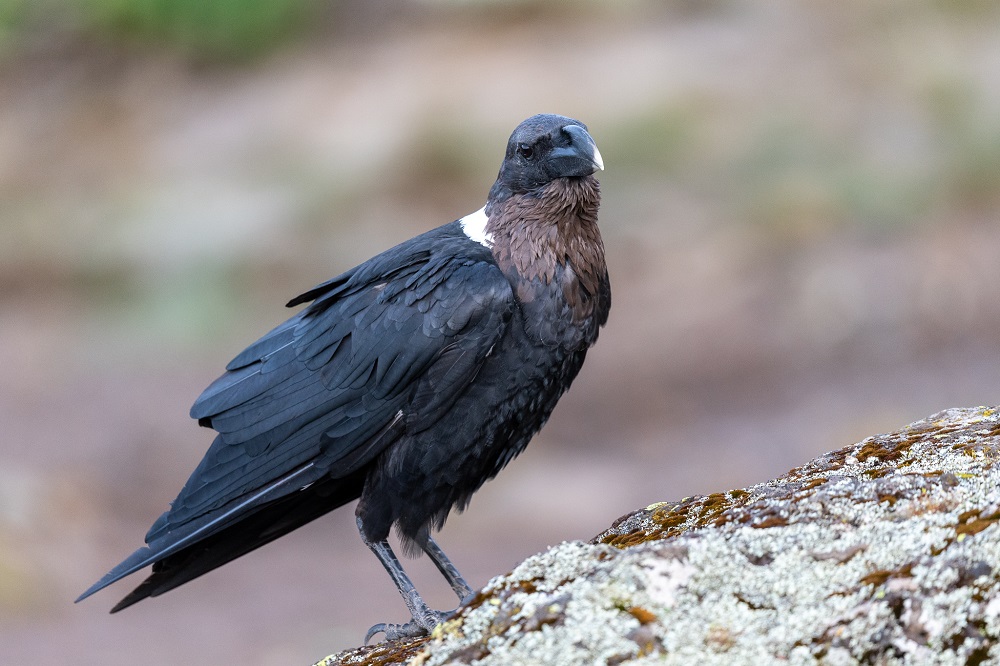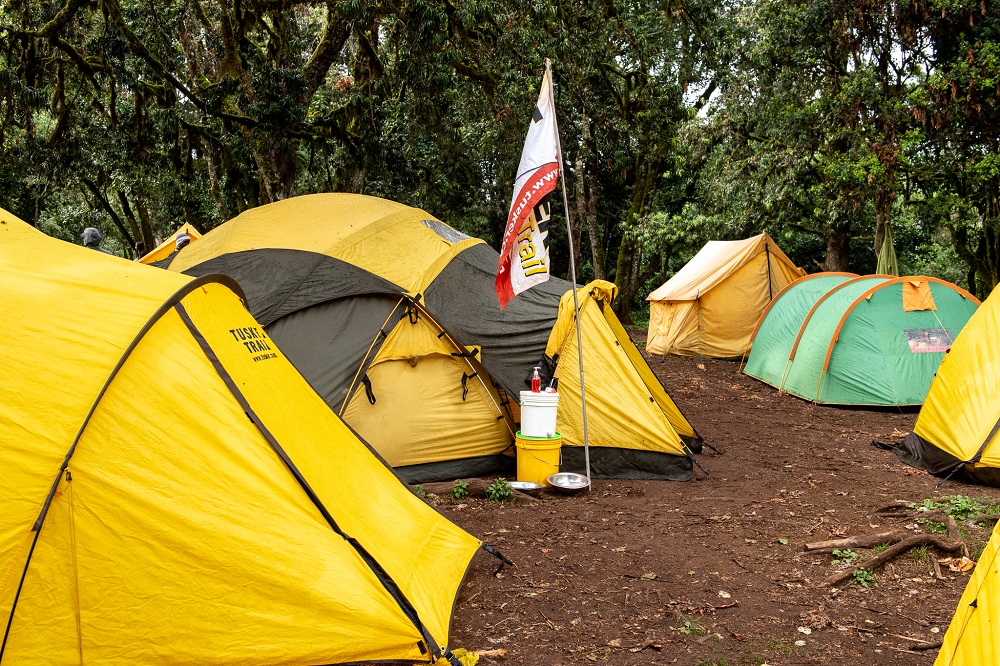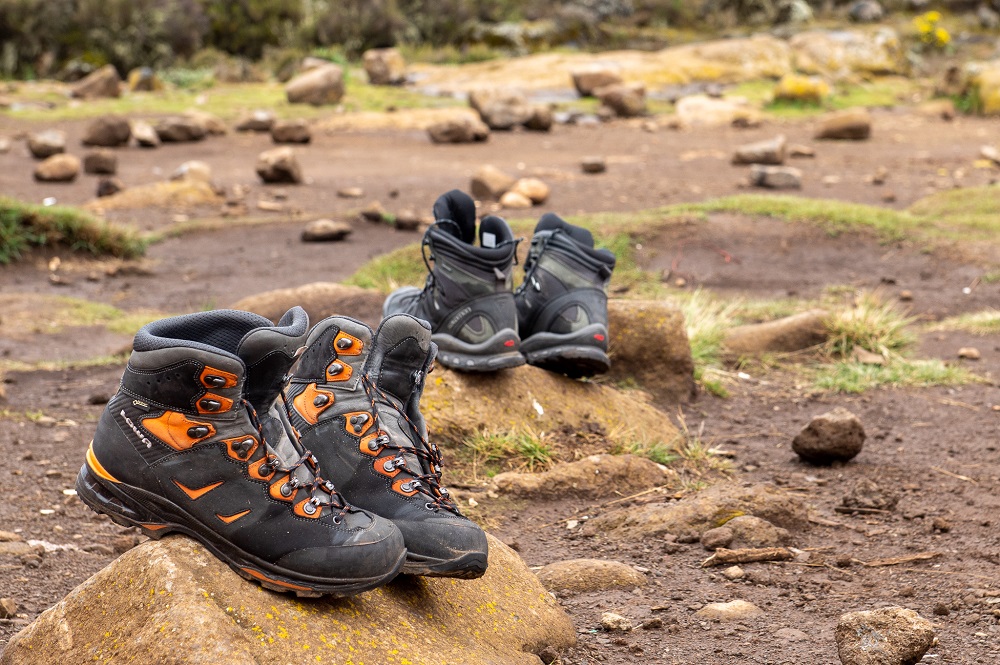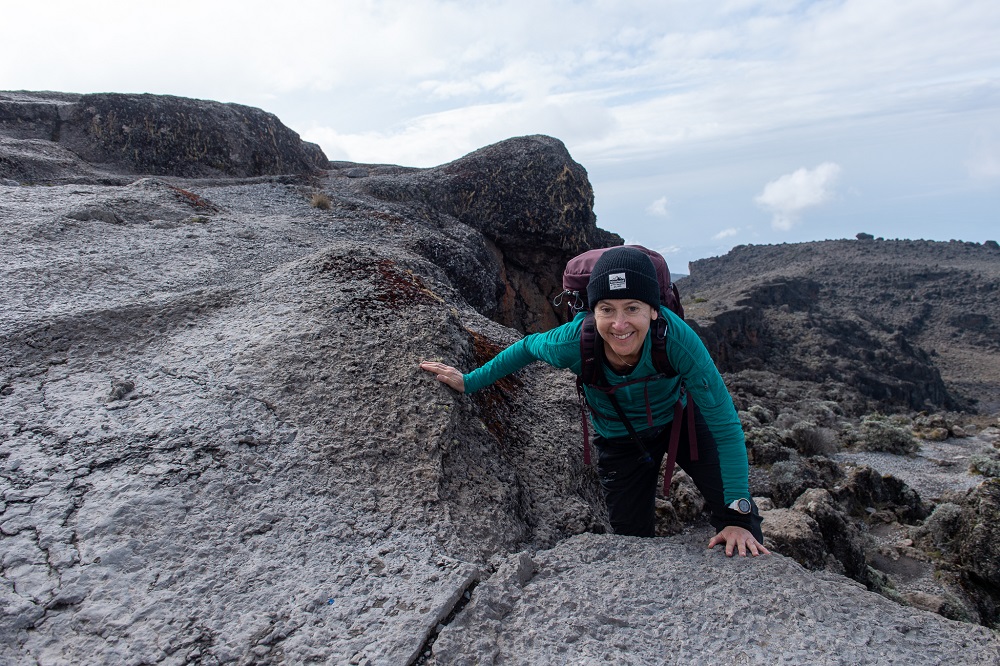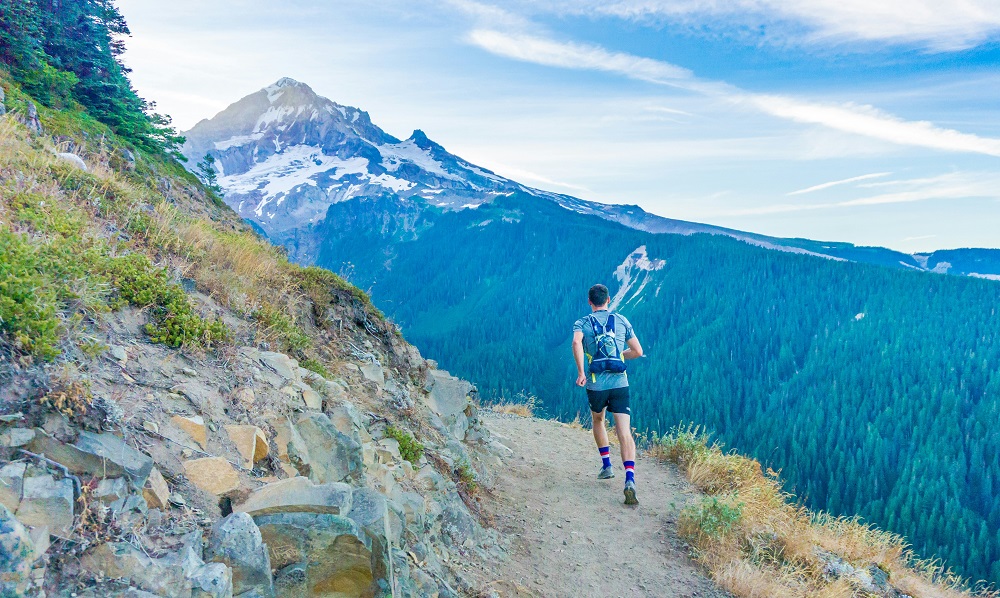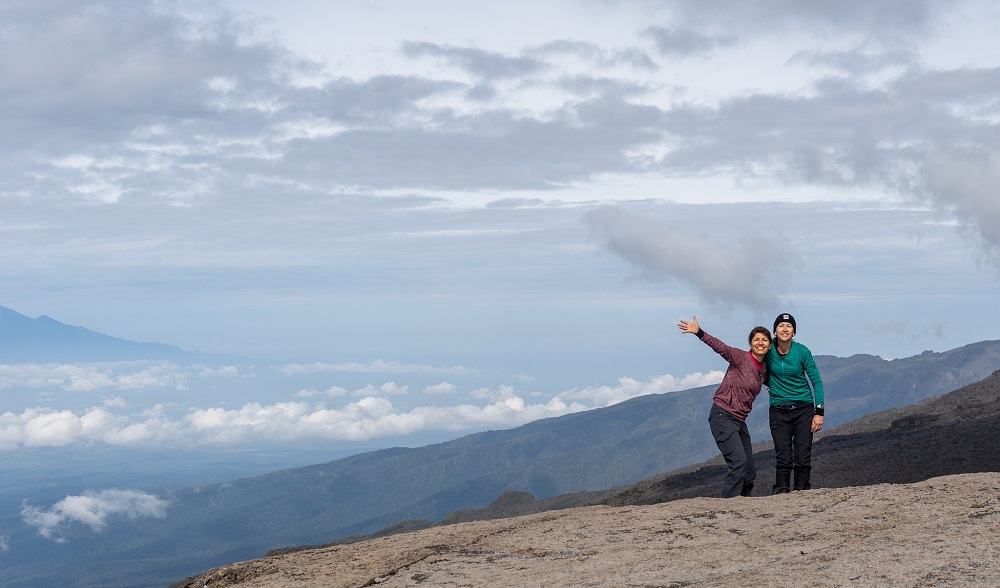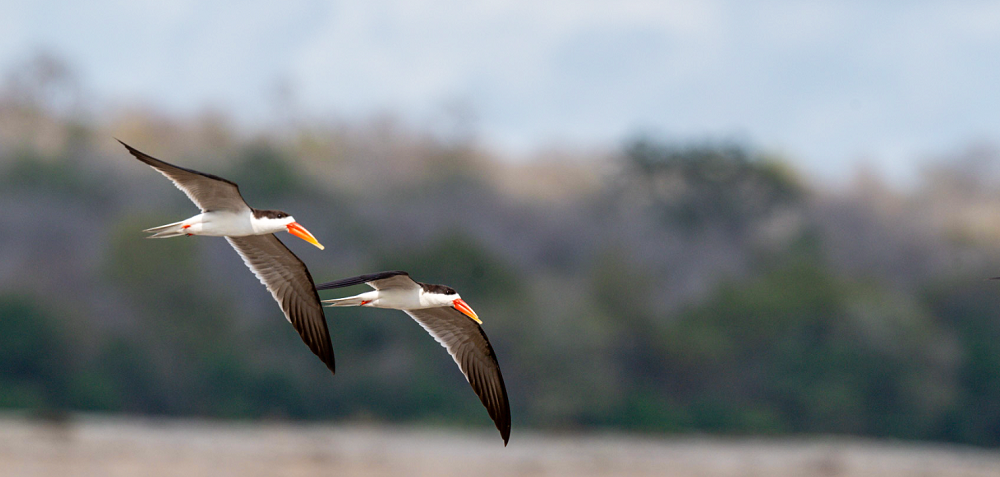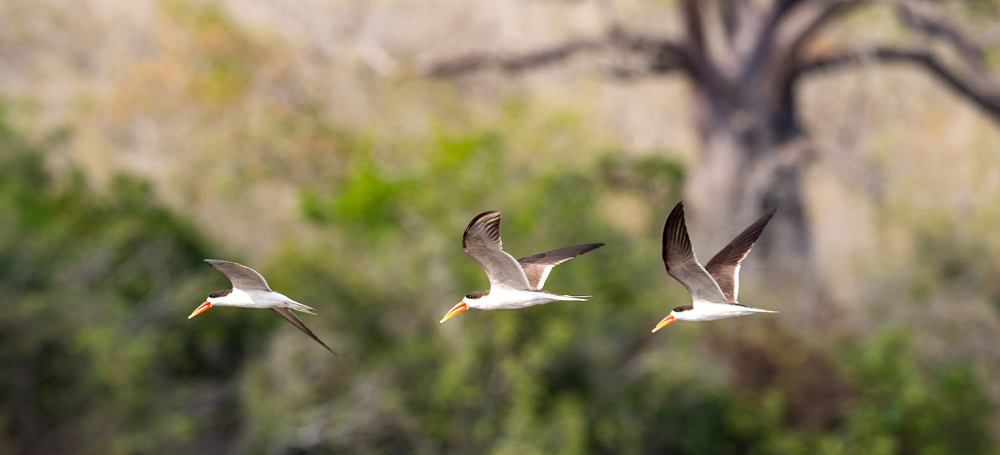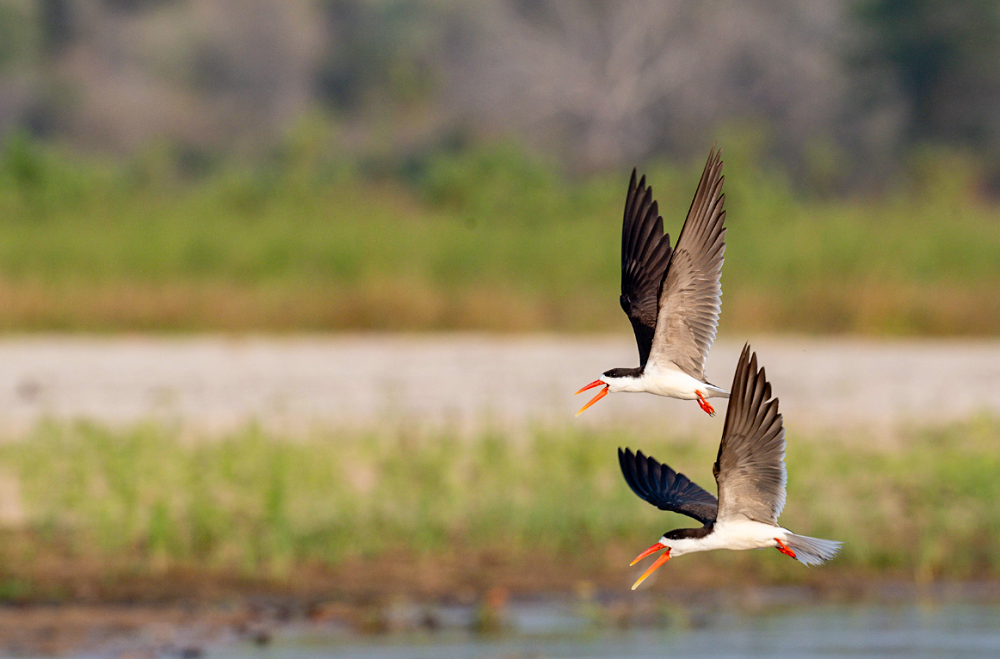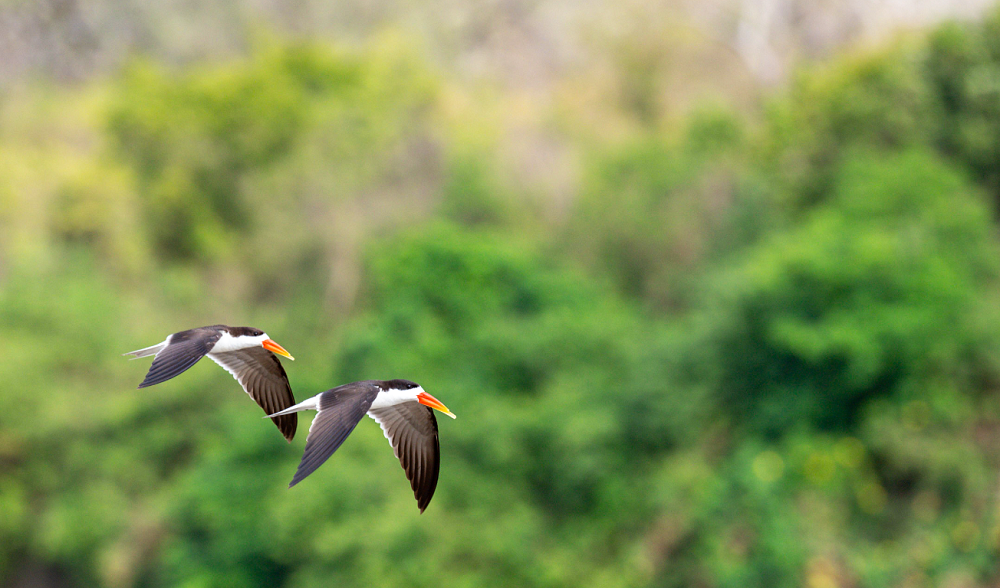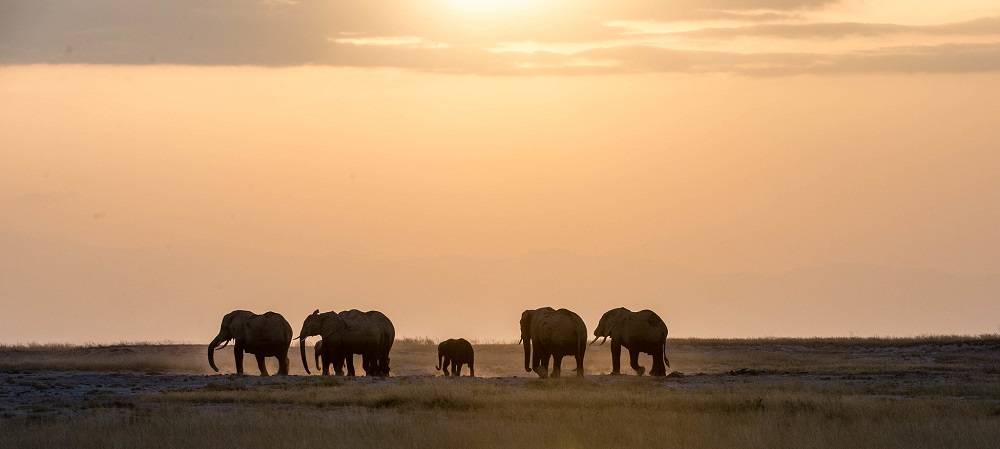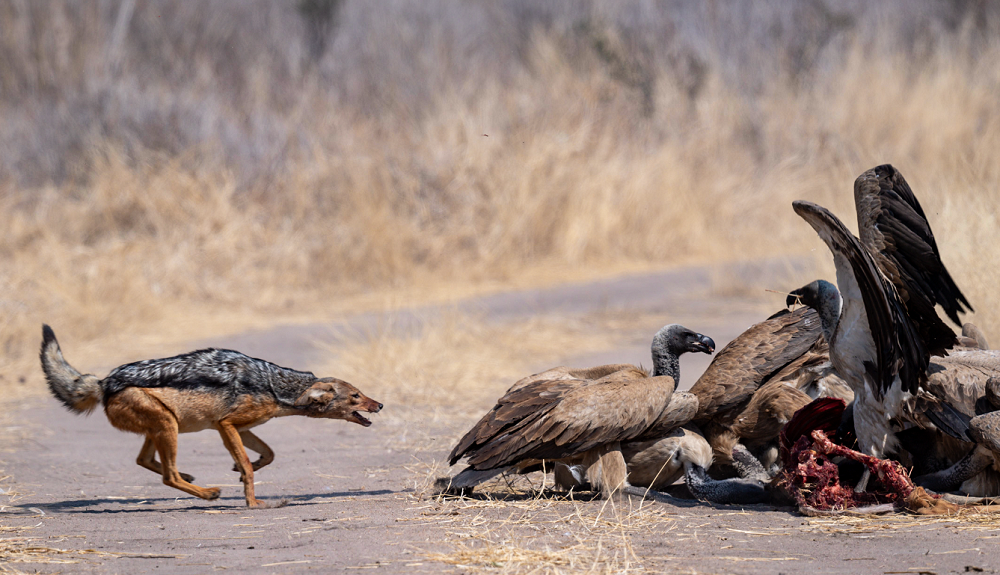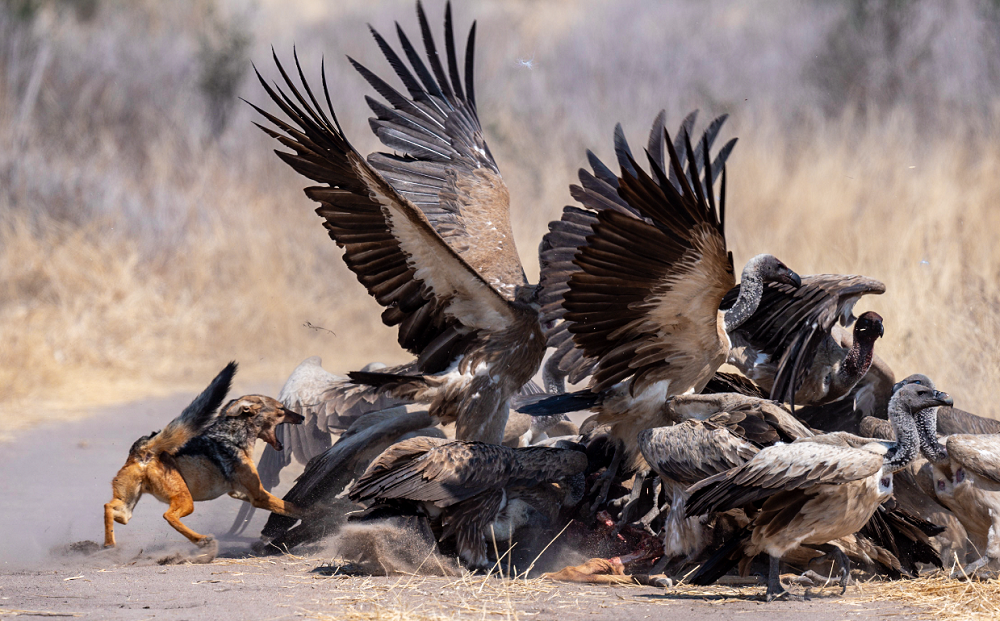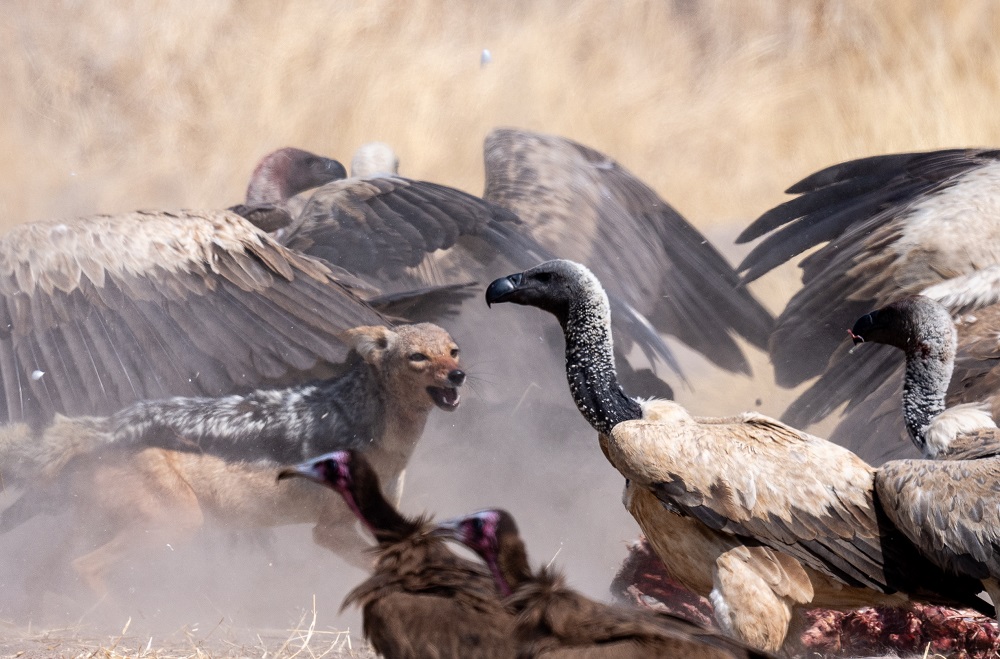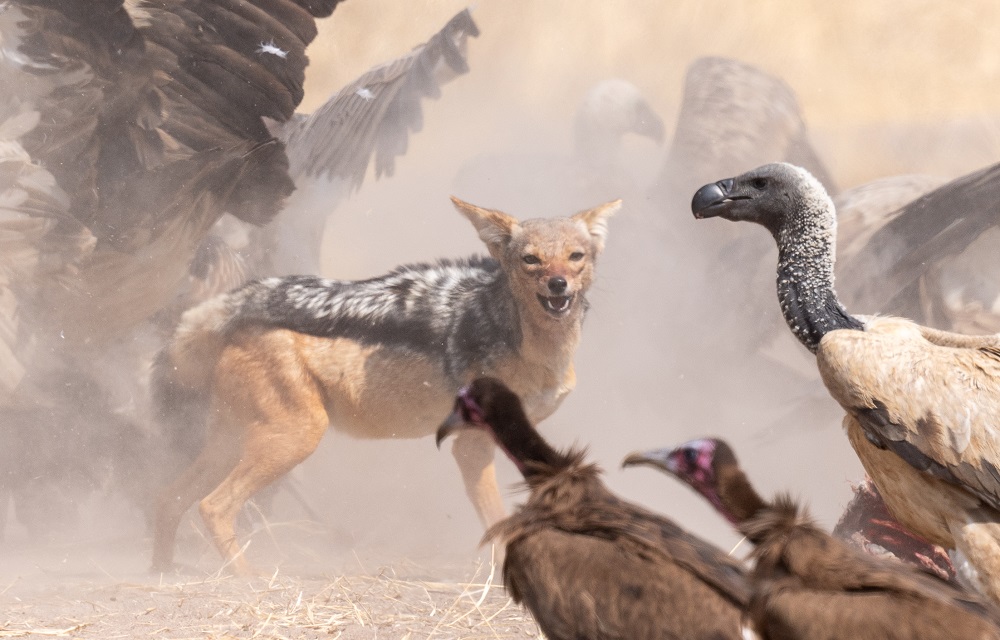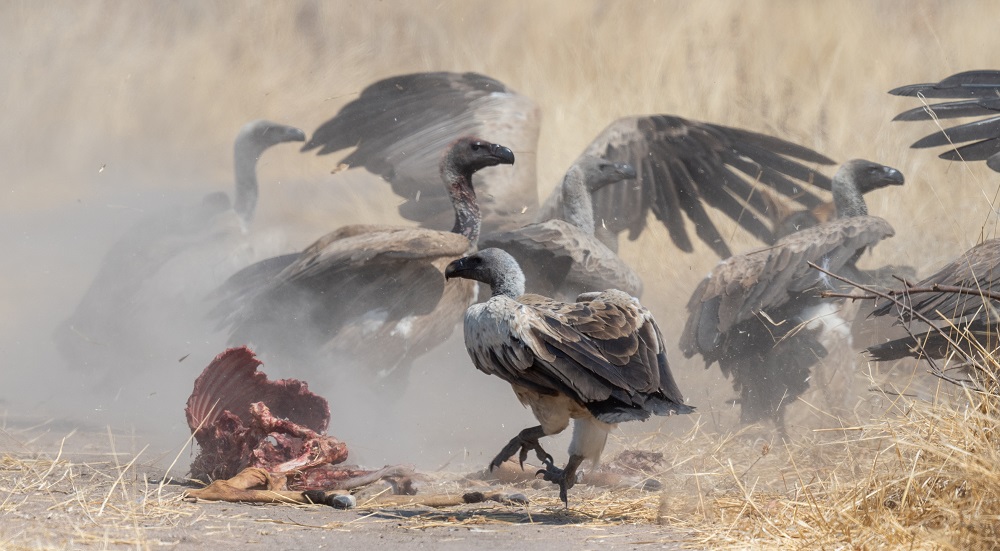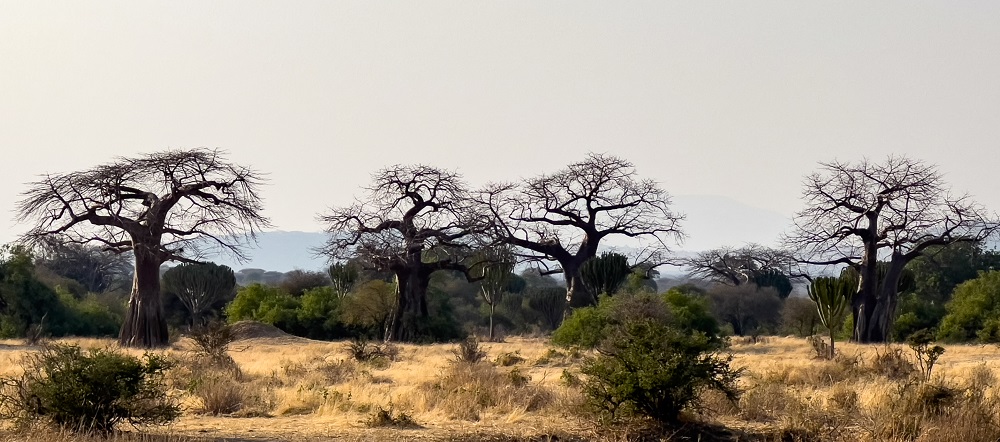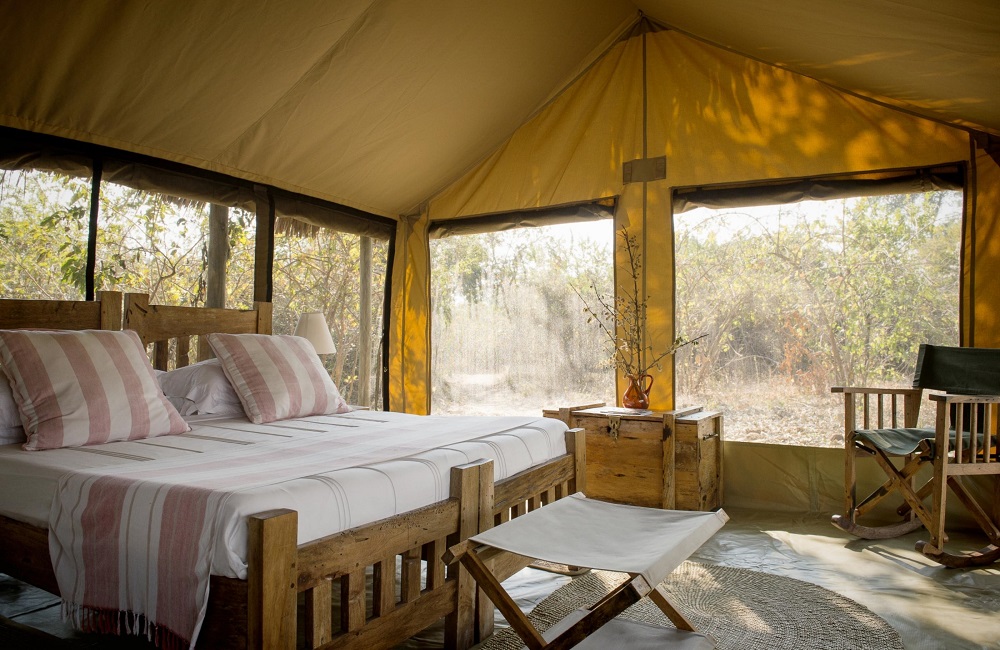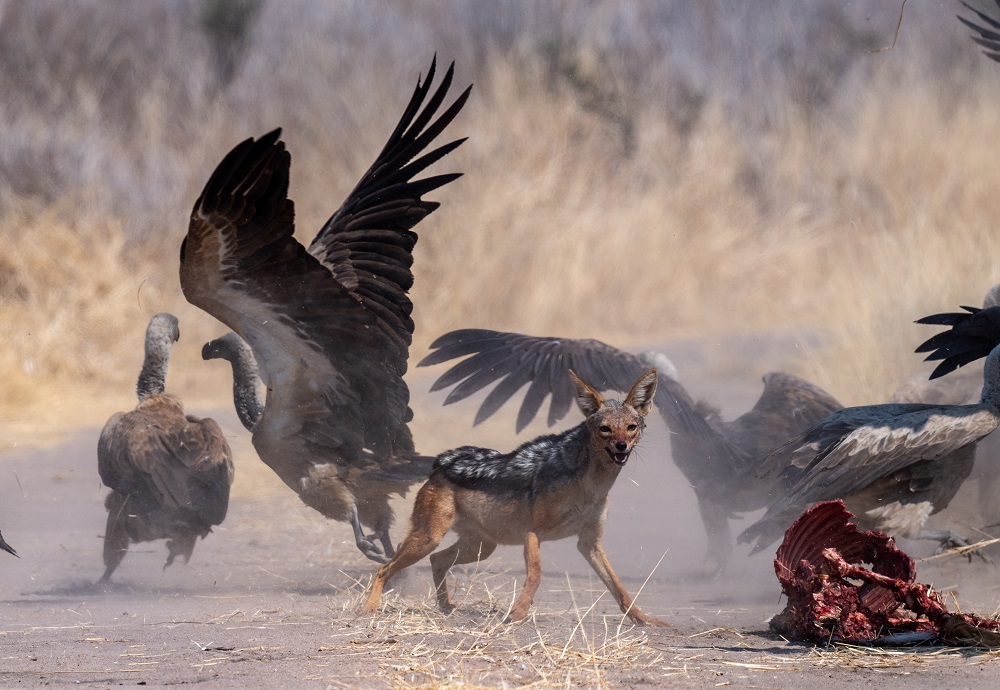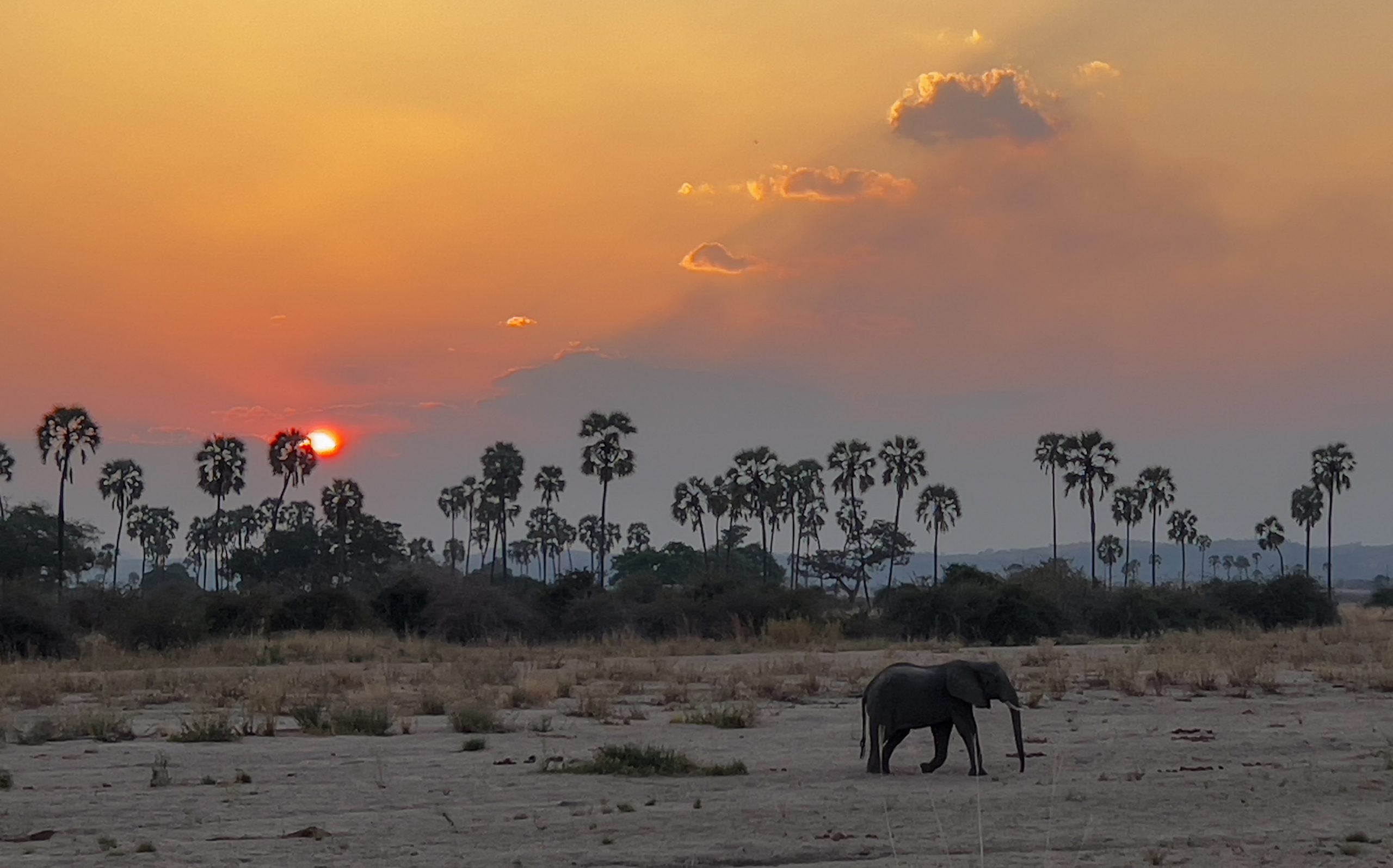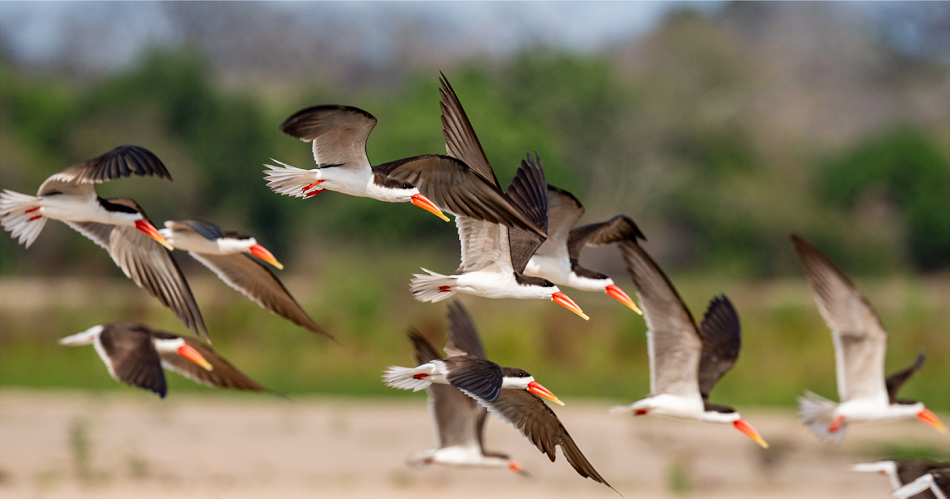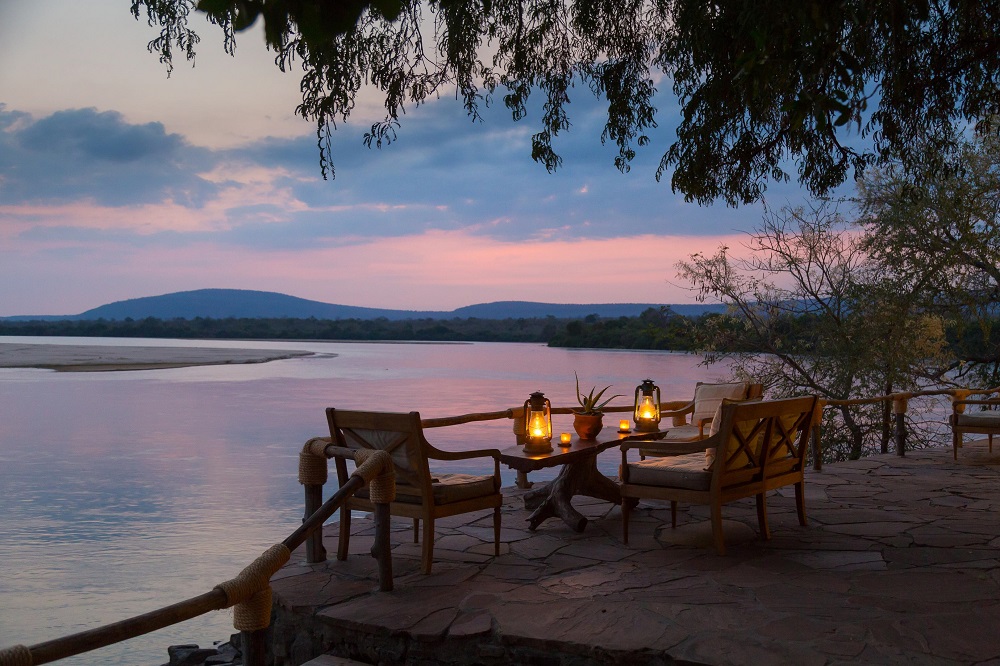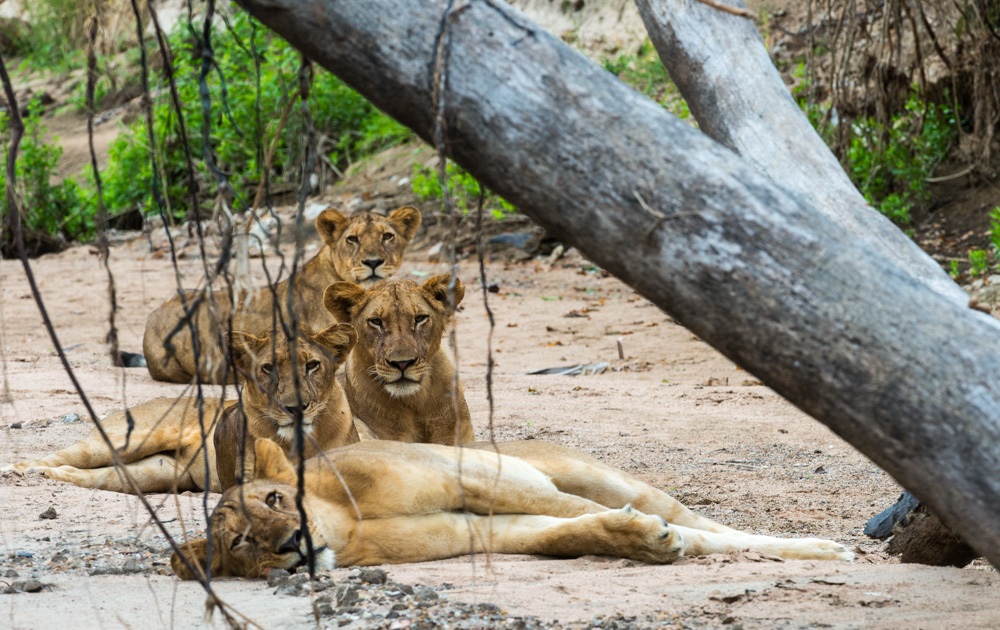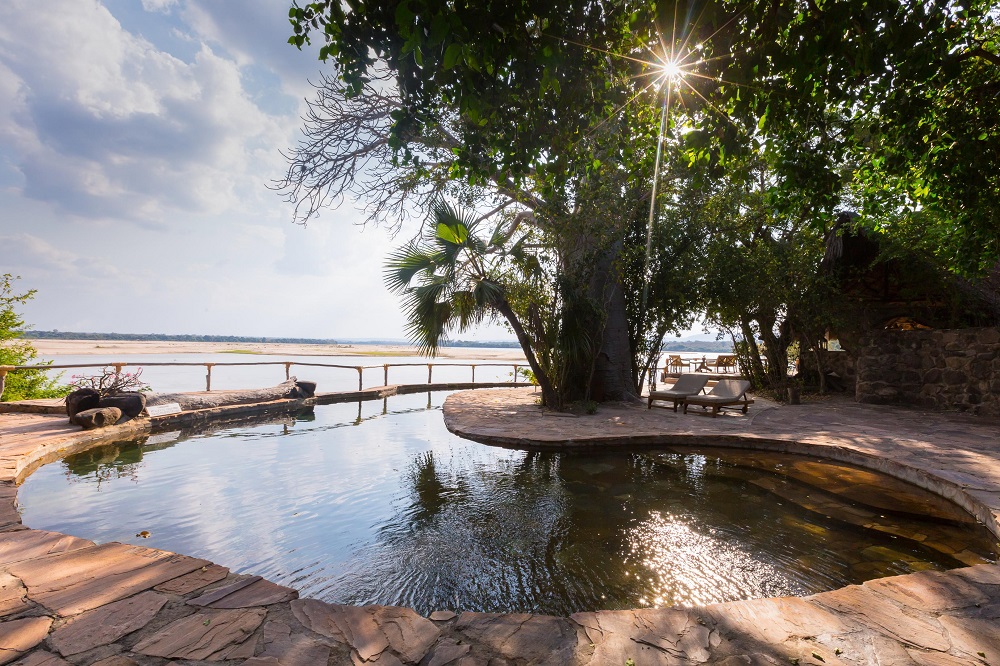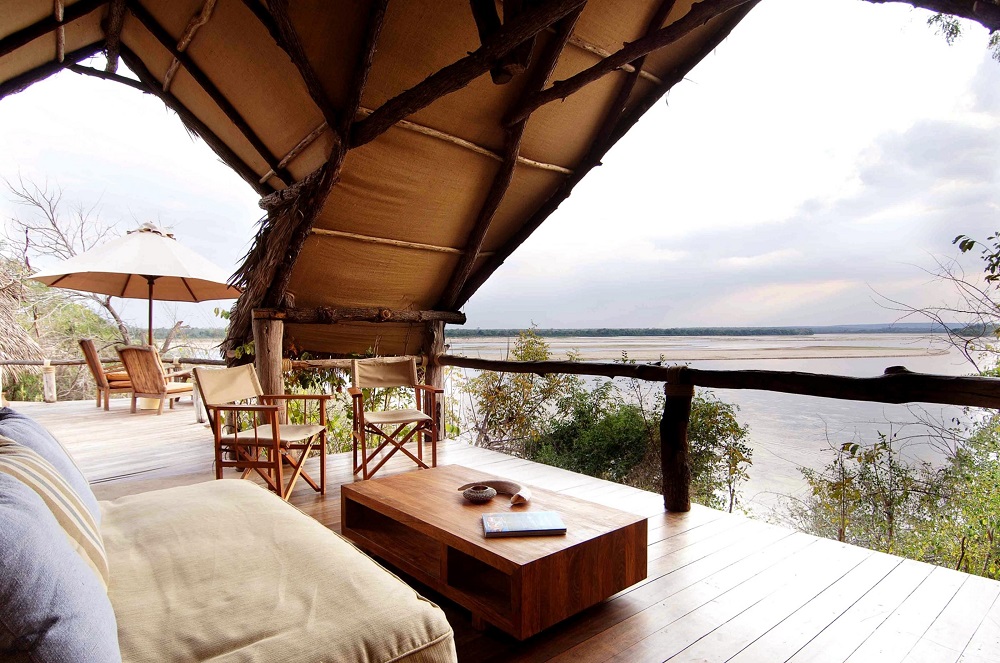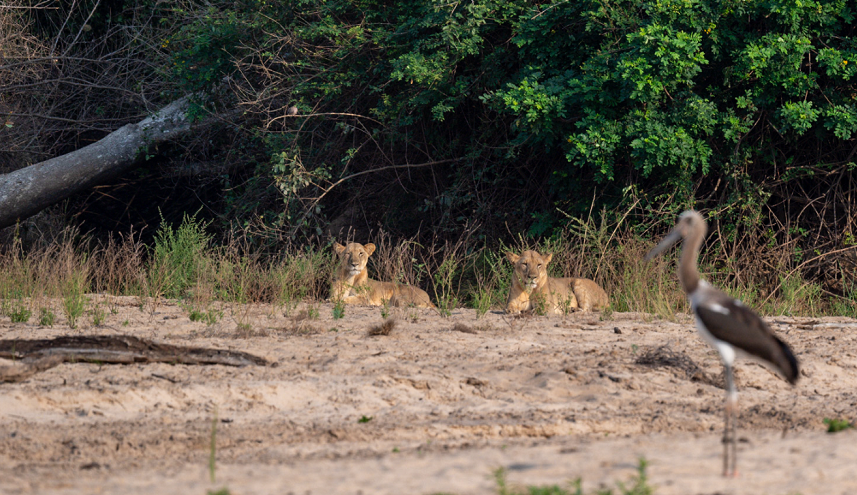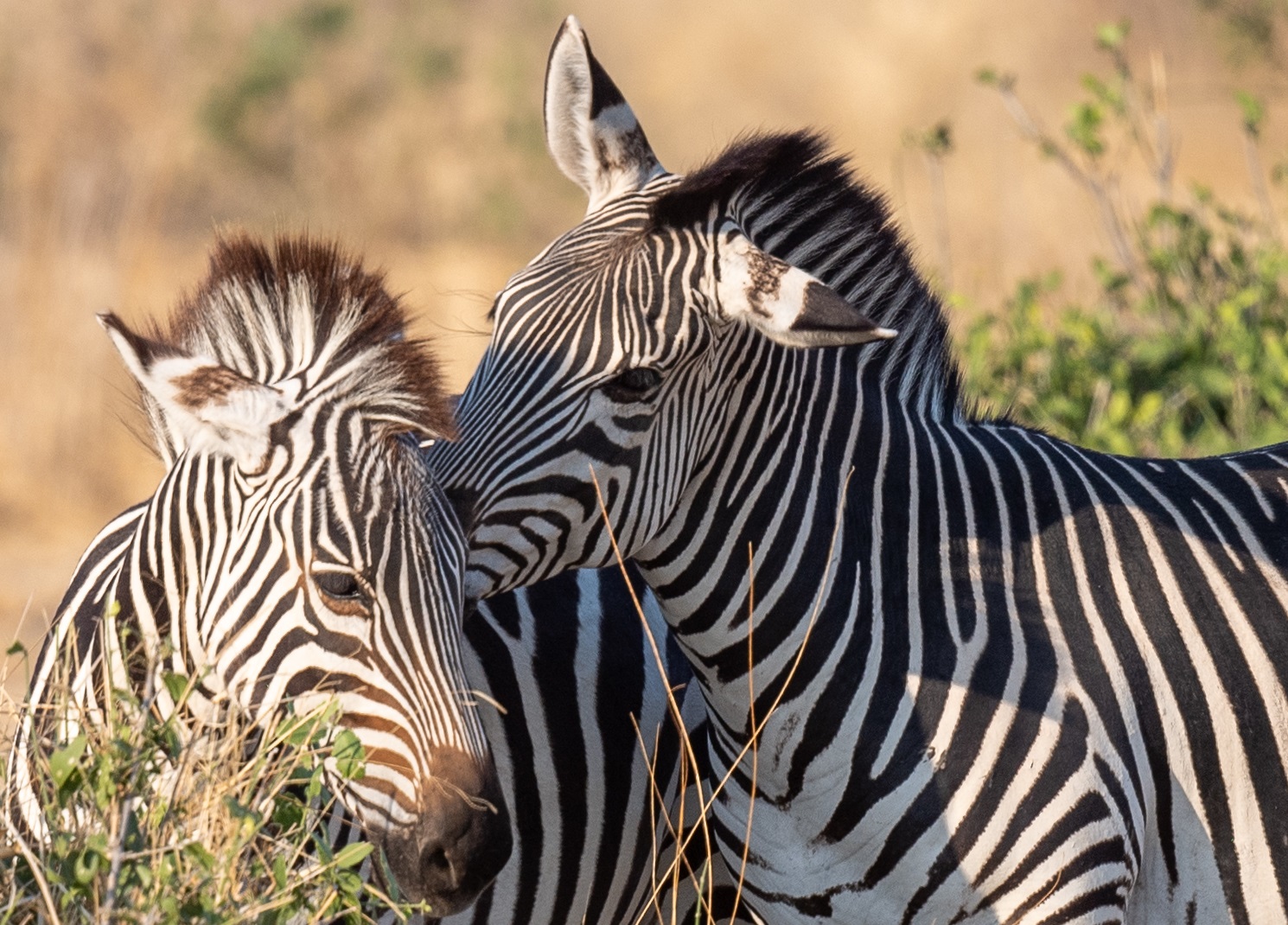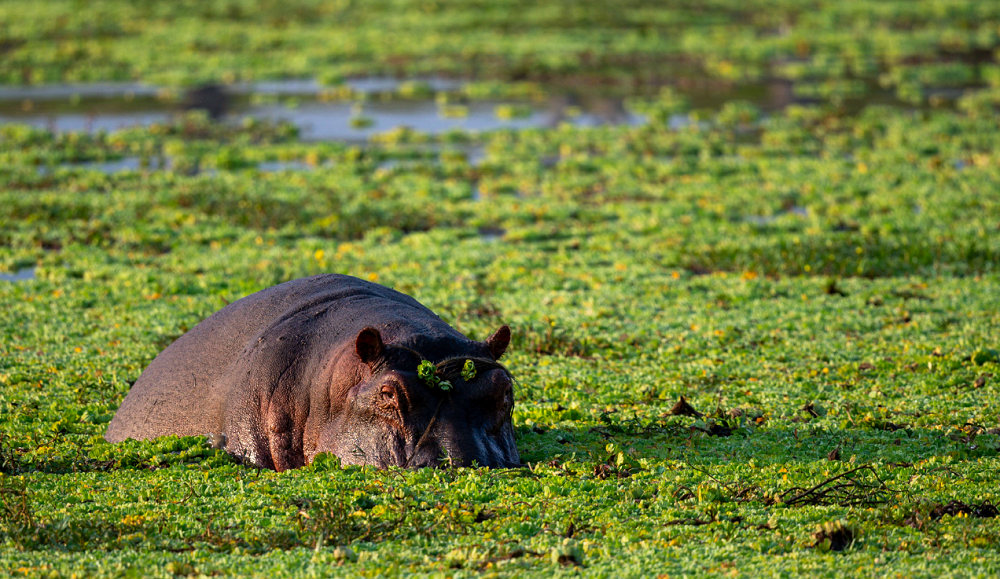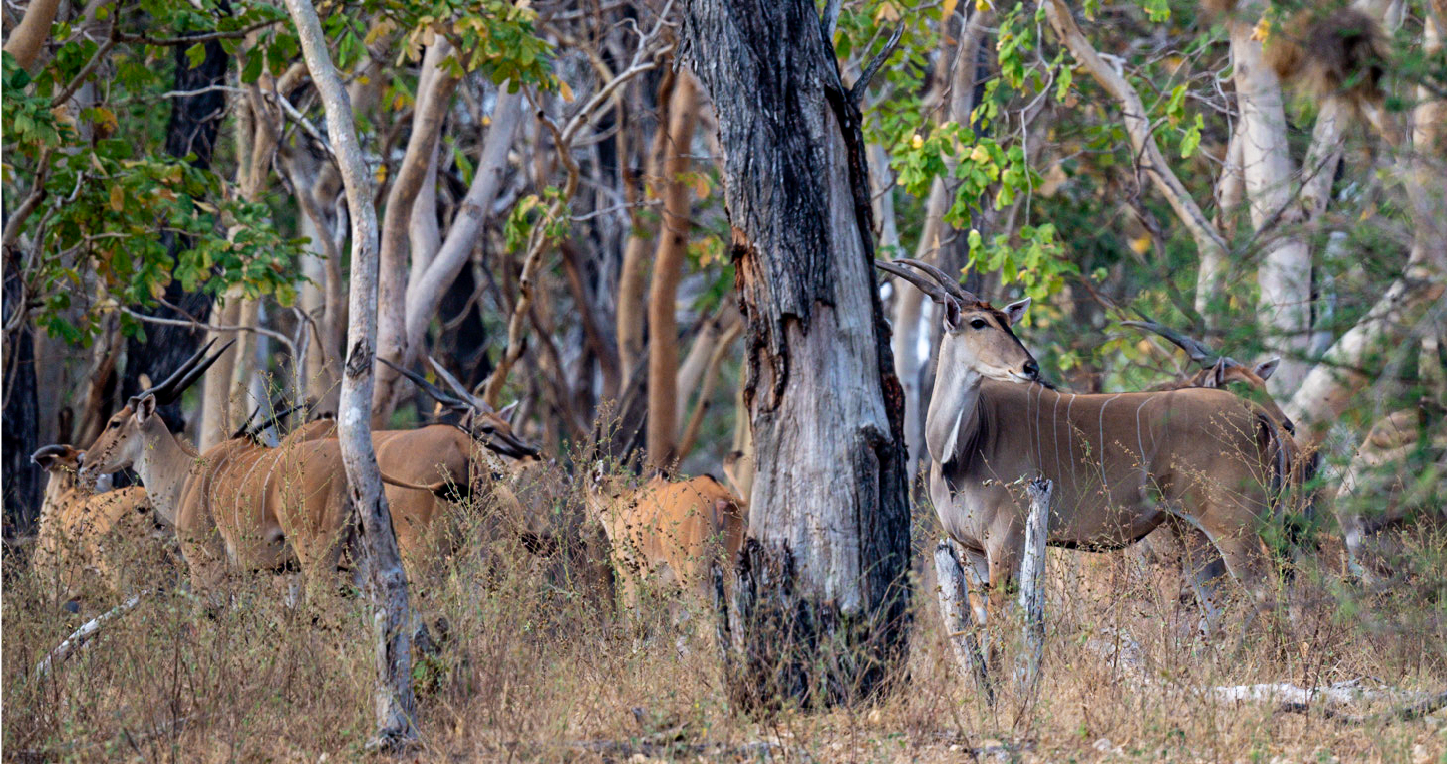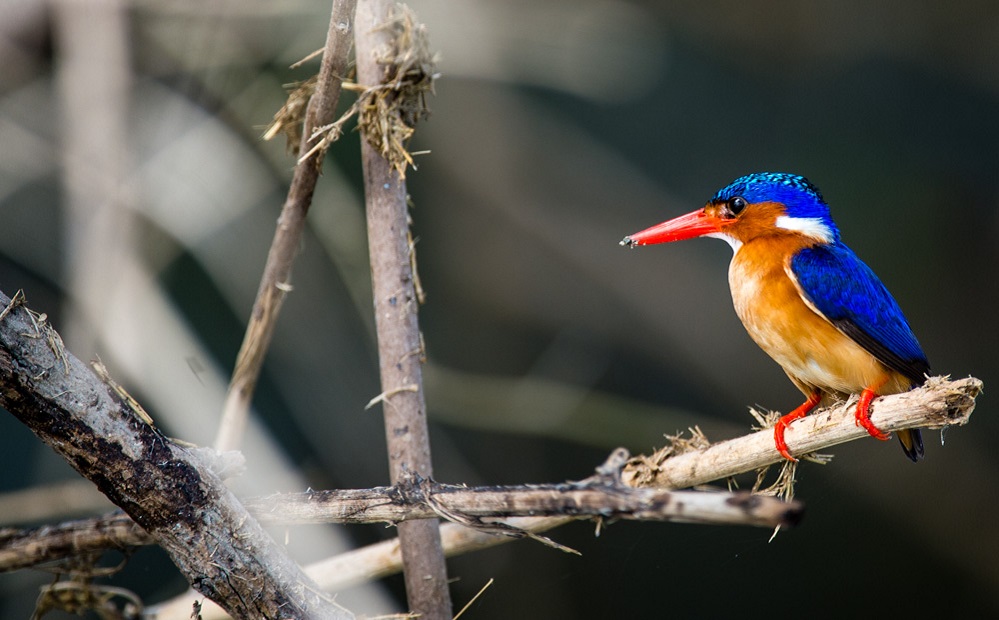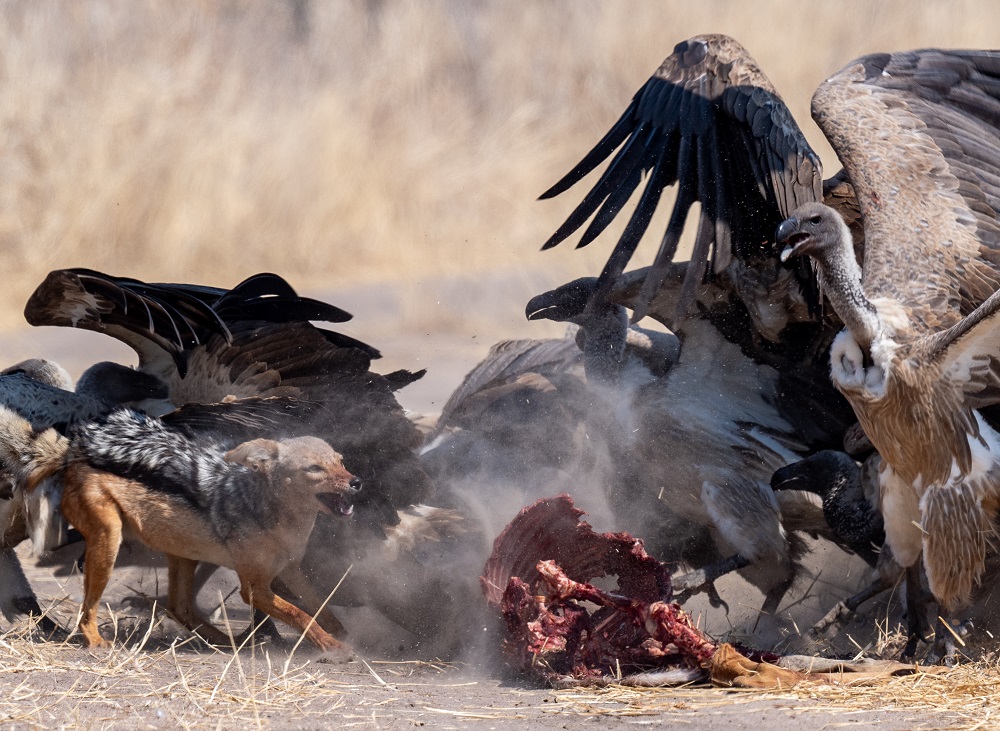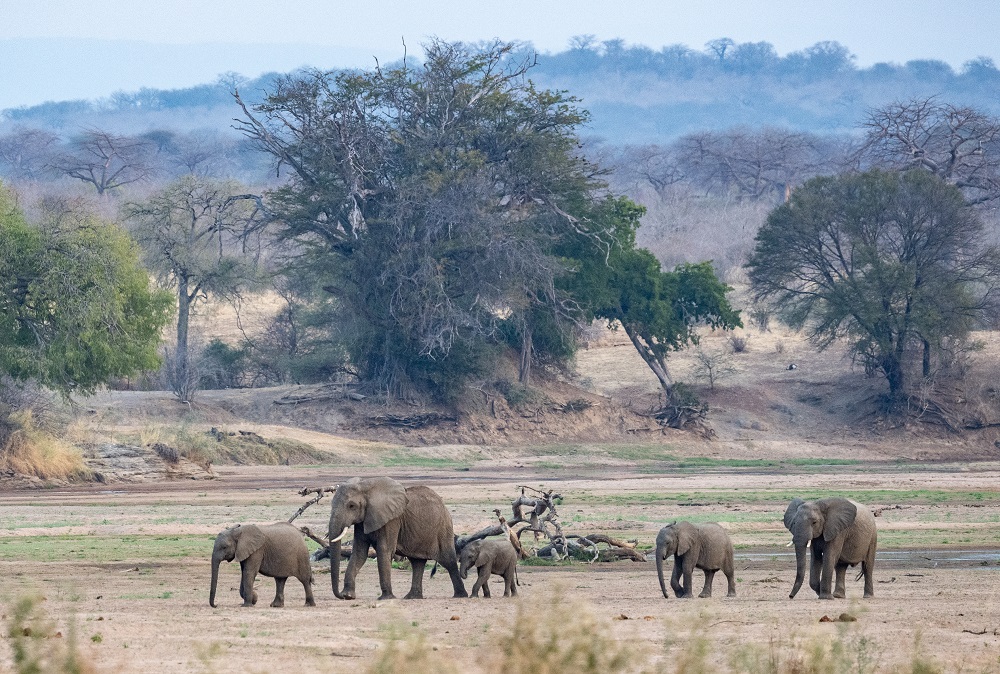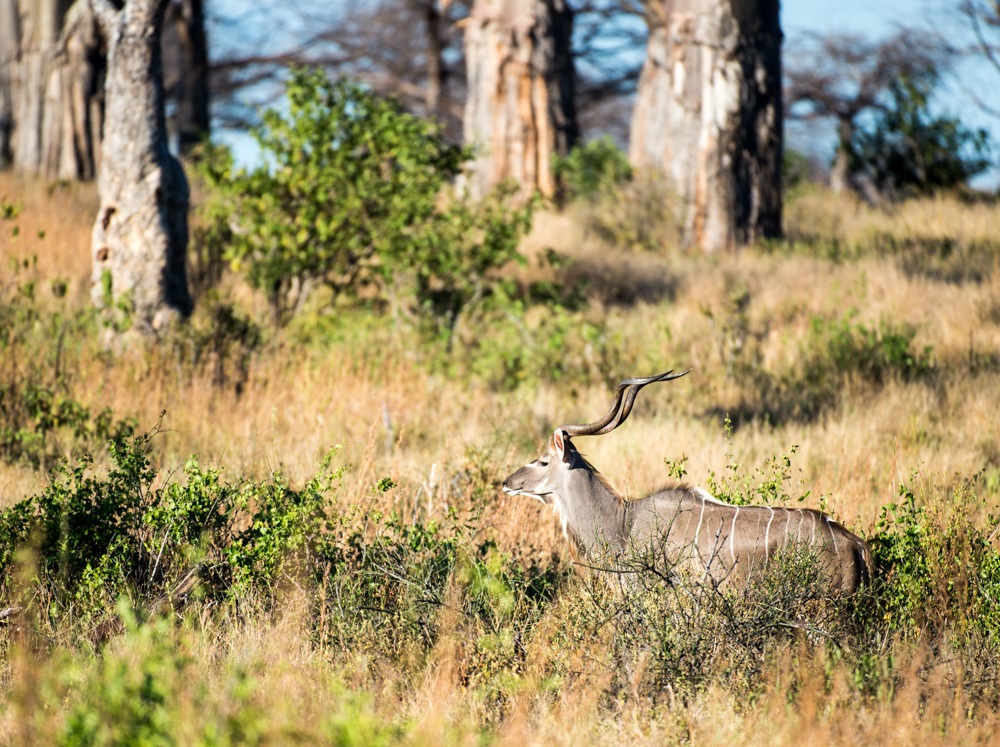Over the course of just about a lifetime of wilderness and wildlife experiences, it’s near impossible to isolate the ‘best ever’ events or sightings, but a few do come to mind without having to dig too deep. In future issues of our newsletter we’ll find out about their best experiences and places from the other members of the Fish Eagle Safaris team. Here are a few of mine:
My first visit to Botswana
My very first visit to Botswana in February 1990 had a lot of firsts. First off-road game drives in an open-sided vehicle, first time seeing the Okavango Delta, first mokoro outing and several others. Even so, the single most memorable event during the trip was something completely unexpected and not likely to happen ever again.
It seems rather bizarre in retrospect but as strange as it sounds, I accompanied the then manager of the now defunct Tsaro Lodge on a rescue mission to extricate the Swedish Ambassador to Zambia from a dangerous situation. His 4-wheel drive vehicle had sunk down to its axles in the sticky black cotton soil of the Mababe Depression. Imparting a sense of urgency to everything: the diplomat had been bitten by a spider which did not know about diplomatic immunity. To make matters worse, a large pride of lions – of the elephant-killing kind – was closing in on his campsite. The honorable gentleman had been traveling with his teenage son who hiked out of this mess – rifle in hand – following random bush tracks until he stumbled into Tsaro Lodge early that afternoon. Where I happened to be the only guest.
Needless to say I accepted – with alacrity – an invitation to go along on the rescue mission which turned into an adventure like few I had ever experienced before, or since. Standing in the back of a vintage Land Rover – tightly gripping the railing on the left and right, we skidded around tight, muddy corners and splashed through pools of rain water in an utterly remote corner of northern Botswana in the gathering dusk. In what was very much a race against time. And, as it turned out, a successful one with the gentleman in question being ok – and definitely relieved – to see us and his son, appearing from the shadows.
What do I remember best about the escapade? Adding three new life birds to my list on the drive out, including African rail and painted snipe. In hindsight I probably did not quite grasp the seriousness of the situation.
Finding my first Bengal tiger in India
There’s before and there is after. Before you got married – and after. Before you had children – and after. There’s also before you see your first tiger in the wild – and after. The African big cats are amazing – individually and collectively. Yet a tiger sighting trumps them all.
There was a time when it was really difficult to see tigers – anywhere – and visitors often returned from India with accounts of having to settle for just a glimpse. Stripes disappearing into the jungle, a tantalizing tail and that’s it. Fortunately that is no longer the case and one’s chances of coming eye to eye with a tiger are excellent if you spend at least a few days in one of the premier tiger reserves in Madhya Pradesh in central India. Which is where my colleague Lyndon and I saw our first tiger, in Bandhavgarh National Park.
Seeing our very first tiger in the wild in January 2023 was a heart-stopping, jaw-dropping moment, never to be forgotten. Never had I seen an animal quite as confident as that adult tiger male, striding around Bandhavgahr as if it was his personal fiefdom. Seemingly totally without fear, not even bothering to glance in our direction, it walked from one side of a road to the other and then back again, emerging from the forest in beautiful morning light, all the better to appreciate and photograph its incredible color pattern. For obvious reasons, a Bengal tiger is often described as being ‘unmistakable’ in field guides. Its vivid reddish-orange coat with prominent black stripes, a white belly and white spots on the ears are one of a kind and impossible to be confused with any other big cat. A life-changing experience? Absolutely. Right away, I realized that this was an animal I wanted to see again, and more than once.
Painted dogs turn the tables
Some years ago – operating out of Kwando’s Lagoon Camp in northern Botswana – we had two vehicles going out one morning in search of a pack of African painted dogs. The dogs had been seen in the area the previous several days but as it was in March, they were not denning. Which happens around June or July or so, during the southern African winter. During the denning season the painted dogs have their pups holed up in an abandoned hyena den or similar spot, deemed to be safe by them. Food is then brought to the pups and regurgitated. Once the pups are old enough to travel with the pack, the dogs become semi-nomadic, traveling many miles between hunts during the southern African summer months. The landscape in much of the Kwando Concession is very lush at that time of year as it is well into the rainy season. At the time, there were dense thickets, huge expanses of stunted but well-leafed mopane trees and green bush in every direction.
For the better part of three to four hours we seemed to be driving in circles, with the guides talking to each other in Setswana all the time, pointing at the clearly visible dog tracks, all while driving in and out of tight spots, being careful to avoid broken, splintered mopane stumps which puncture tires all the time. Every now and then the two vehicles would intersect and the guides would have an animated conversation, with a lot of pointing and gesturing and surely a few choice Setswana expletives in the mix. And off we’d go again, relocating the painted dog tracks and restarting the pursuit. This went on for more than three hours, as I said and it was getting to be rather frustrating for all involved.
At around 1030 am the decision was made to stop for morning tea and coffee at a convenient water hole. I’m sure the guides were just as keen as the guests were to take a break from the relentless pursuit. We stopped under some trees within sight of the water hole, everone piled out of the two vehicles and the guides were just starting to set up a few small tables when the unexpected happened. First one and then three, and then a whole bunch of African painted dogs emerged from the treeline and headed straight down to the water hole on the opposite side. Right in front of our disbelieving eyes. They were ready to slake their thirst and cool off as well, and the presence of a few humans was not enough to deter them. The dogs had found us! While I initially ribbed the guides for not being able to find the dogs, I later realized it was their tracking expertise which had gotten us that close to the pack. It was indeed the skill and experience of the guides which led us to being positioned in just the right spot for something like that to have happened.
The area where this happened – in the massive Kwando Concession in far northern Botswana – is still one of the best places in Africa to find painted dogs. Other contenders include the Sabi Sand Reserve and Madikwe Private Game Reserve in South Africa, Hwange and Mana Pools National Parks in Zimbabwe, Chitabe Camp and the Kwara area in N. Botswana and the Lower Zambezi region of Zambia.
Dueling Sable antelopes
Wilderness’ Davison’s camp is located in the southern part of Hwange, close to Ngamo Pan. Hidden within the treeline, this classic African safari camp, with eight light and airy tents and one family unit, overlooks an open plain and a waterhole which is heavily frequented by elephants and buffalo in the dry season.
The main area consists of a spacious lounge and dining area, leading onto a large deck with an open campfire area, perfect for evening get-togethers. The small pool and its loungers are beautifully positioned for relaxation, while the deck is an ideal location from which to watch wildlife at the waterhole.
Nearby Ngamo Pans is a jewel of a place year round and this camp – or Wilderness’ Little Makalolo or Linkwasha Camp – is a great choice for the area. On a recent visit we enjoyed several game viewing highlights with our professional guide including some fantastic views of a herd of sable antelope seen in good light inside a beautiful rosewood forest.
Sable antelopes are as distinctive and majestic as any animal anywhere in the world. With their massive swept back horns, black coats and glaringly obvious white bellies, the male Sables are unmistakable. The females are more brown than black and their horns are not quite as long and decurved, but they are no slouches in the beauty stakes either. We took dozens of photographs and stayed with the sable herd as long as we could.
The following day – which also happened to be our last day in the Hwange area – we were already packed and in the vehicle en route to the Linkwasha airstrip when we came upon two male Sables fighting, or dueling. During the mating season, male sable antelope are known to engage in fierce battles with other males to compete for females and establish dominance. As we were to see firsthand, these fights can be intense and may result in injuries, or worse. The two bulls seemed to be practically oblivious to our presence and continued to swing their curved, sharp-ended horns at each other, the loud ‘thwacks’ incongruously drowning out bird calls and some nervous impala snorting. Reluctantly, and regrettably, we had to depart from the spellbinding scene before it had reached its end, as we literally had a plane to catch. We may never see something like that again, but it is certainly imprinted in our collective memory.
Hwange National Park in Zimbabwe is by far the best place in Southern Africa to find and observe Sable antelopes, but they’re also found in northern Botswana where we’ve seen them at Wilderness’ Vumbura camps, at Great Plains’ Okavango Explorer and also at Natural Selection’s Duke’s camp in the northern part of the Delta.
Experiencing the zebra and wildebeest migration for the first time
On my very first trip to Tanzania many years ago, a buddy and I drove all the way from Kenya into Tanzania via the Namanga border post, initially to a camp on the northern side of Kilimanjaro. From there, a couple of days later, we pushed on via Arusha and then – on an atrociously bad road – up onto the escarpment, spending a couple of days at a lodge on the edge of Ngorongoro Crater.
All this was great and well, but what we really came for was the zebra and wildebeest migration. And then, on April 1 that year, we got lucky and found ourselves surrounded by thousands of wildebeest and zebras in every direction, as far as we could see, on the short-grass plains of the Serengeti in the Ndutu area. This is how I described it back then, upon my return to Texas:
“Yes, Virginia there is a wildebeest migration and it is showing right now, somewhere in the theater of the vast Serengeti Plains. And what a picture it is. My first thought upon gazing out over thousands of wildebeest was that in the face of a spectacle like that, all technology fails. There is no camera or other device which can do justice to such a scene, all sound and fury in a 360 degree arc, non-stop movement and action as the wildebeest succumb to instinct and follow the rain across the Serengeti’s sea of grass. Parting ahead of us like water around the prow of a boat, the wildebeest in their hundreds practically engulfed our vehicle, splashing across the muddy, wet shortgrass plains in the Ndutu area. Sounding like a bunch of bullfrogs on steroids, grunting and carrying on something fierce, they bulldozed ahead, seemingly mindless of the rogue hyenas and lions lurking all around. In the space of a couple of hours or so, we must have seen between 200,000 and 300,000 wildebeest. Unbelievable, and simply amazing.”
Every safari is an opportunity for uforgettable moments. Call us at 1-800-513-5222 or email Bert at bert@fisheaglesafaris.com to learn more and to start planning your safari.




